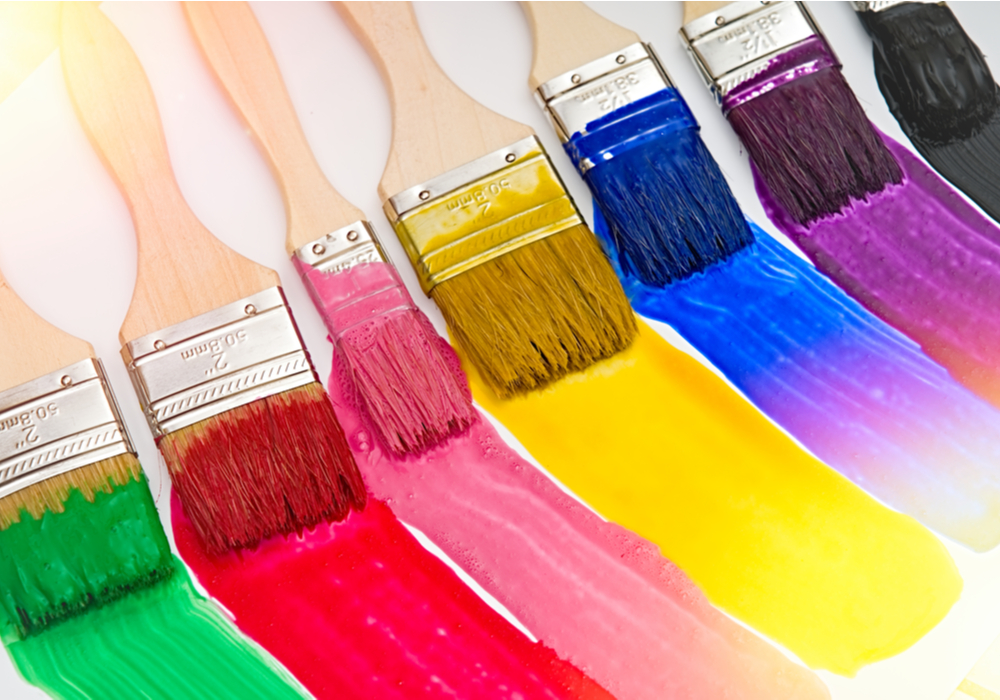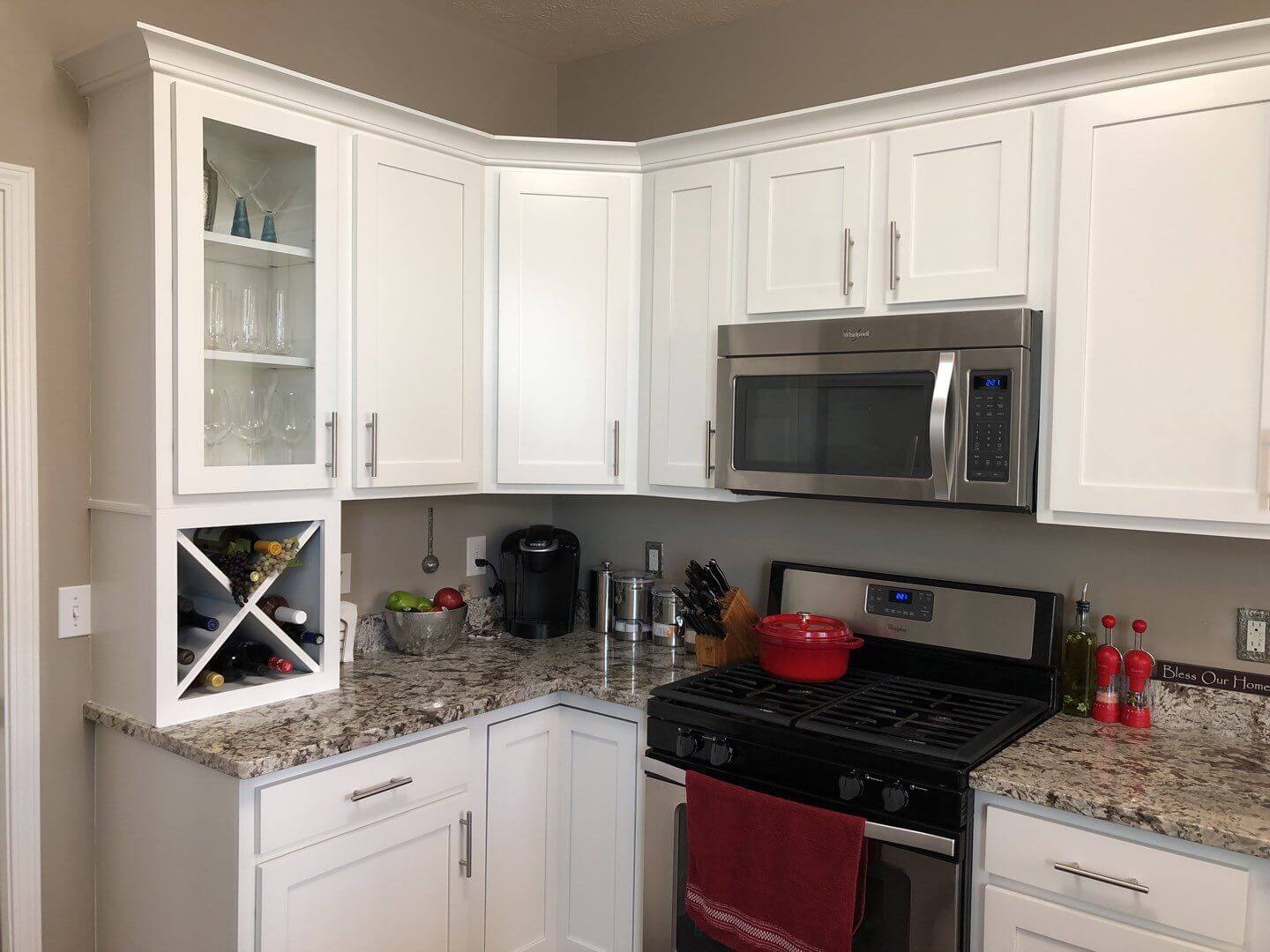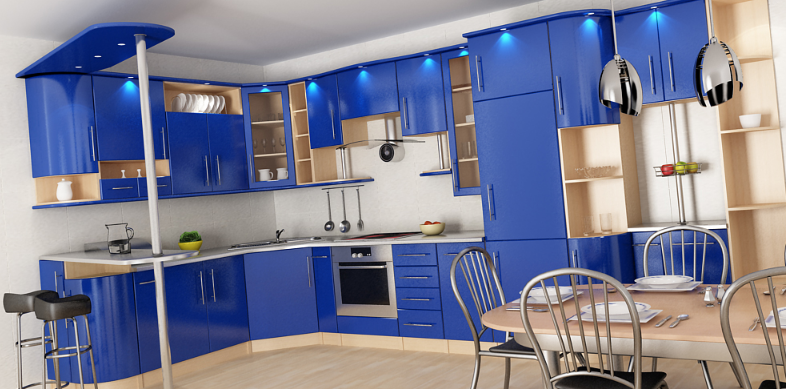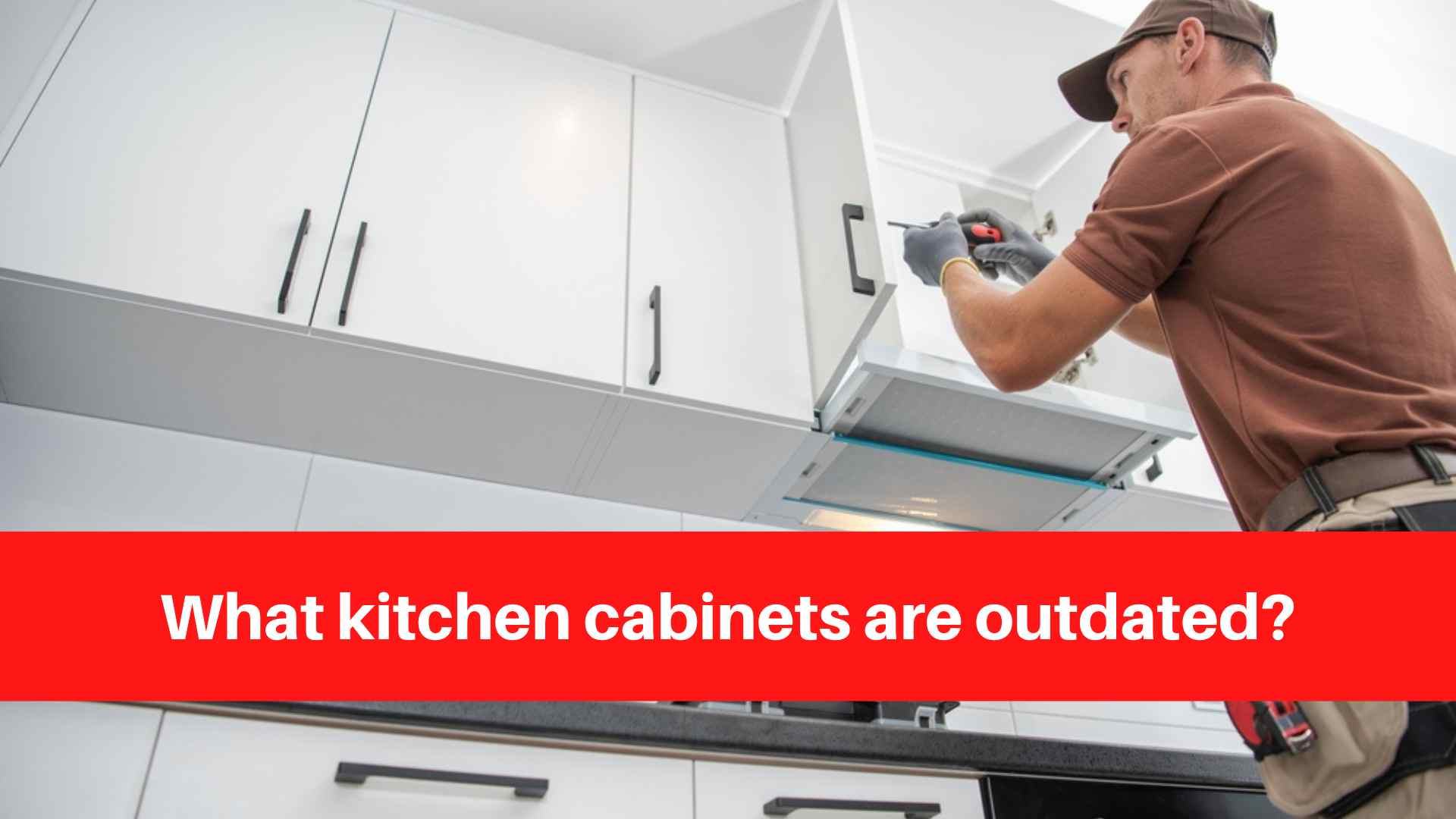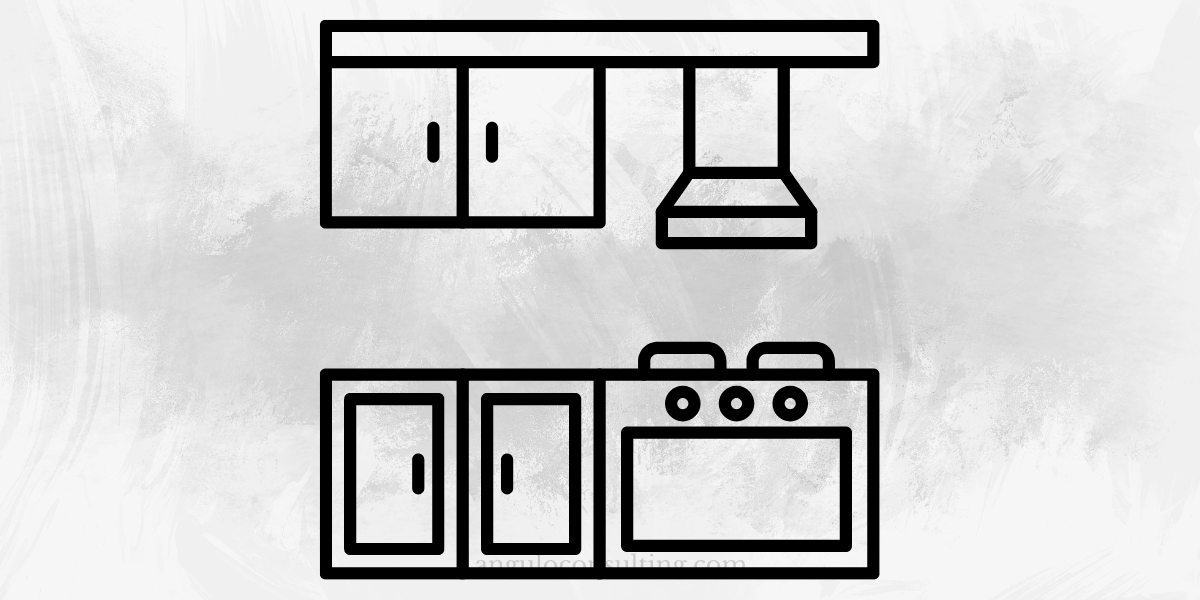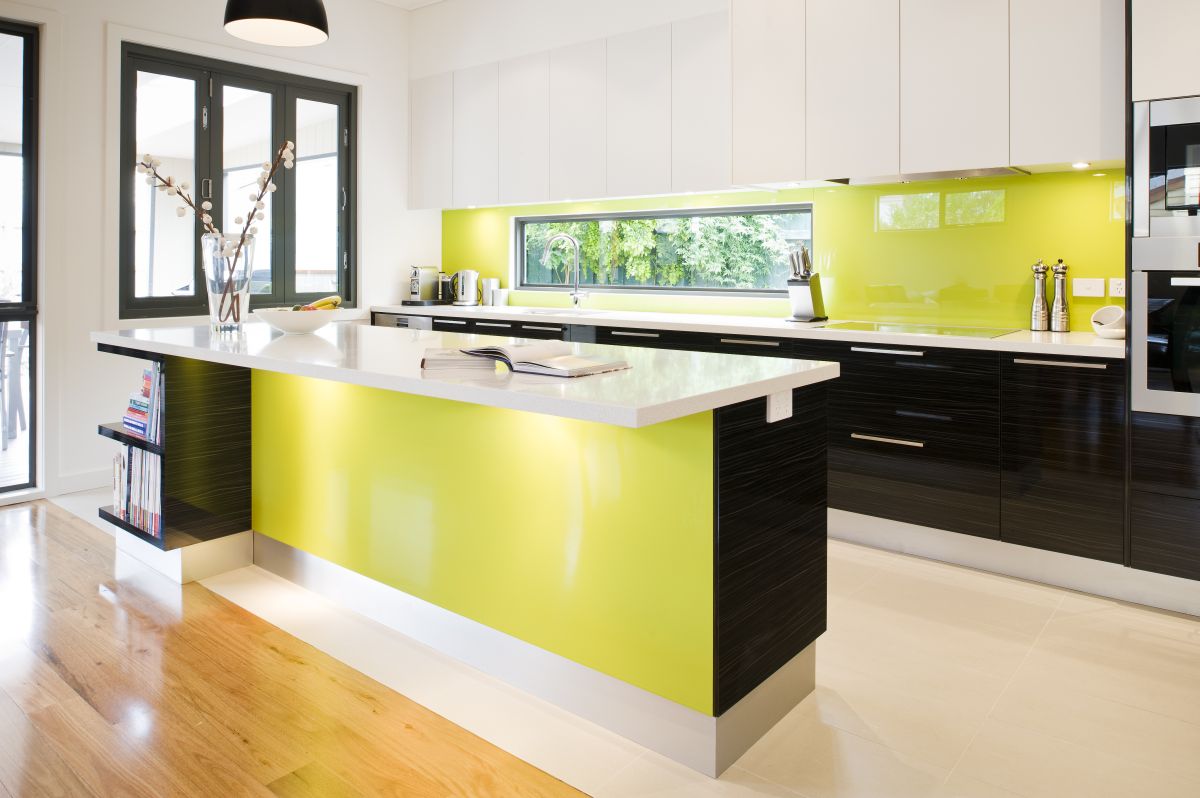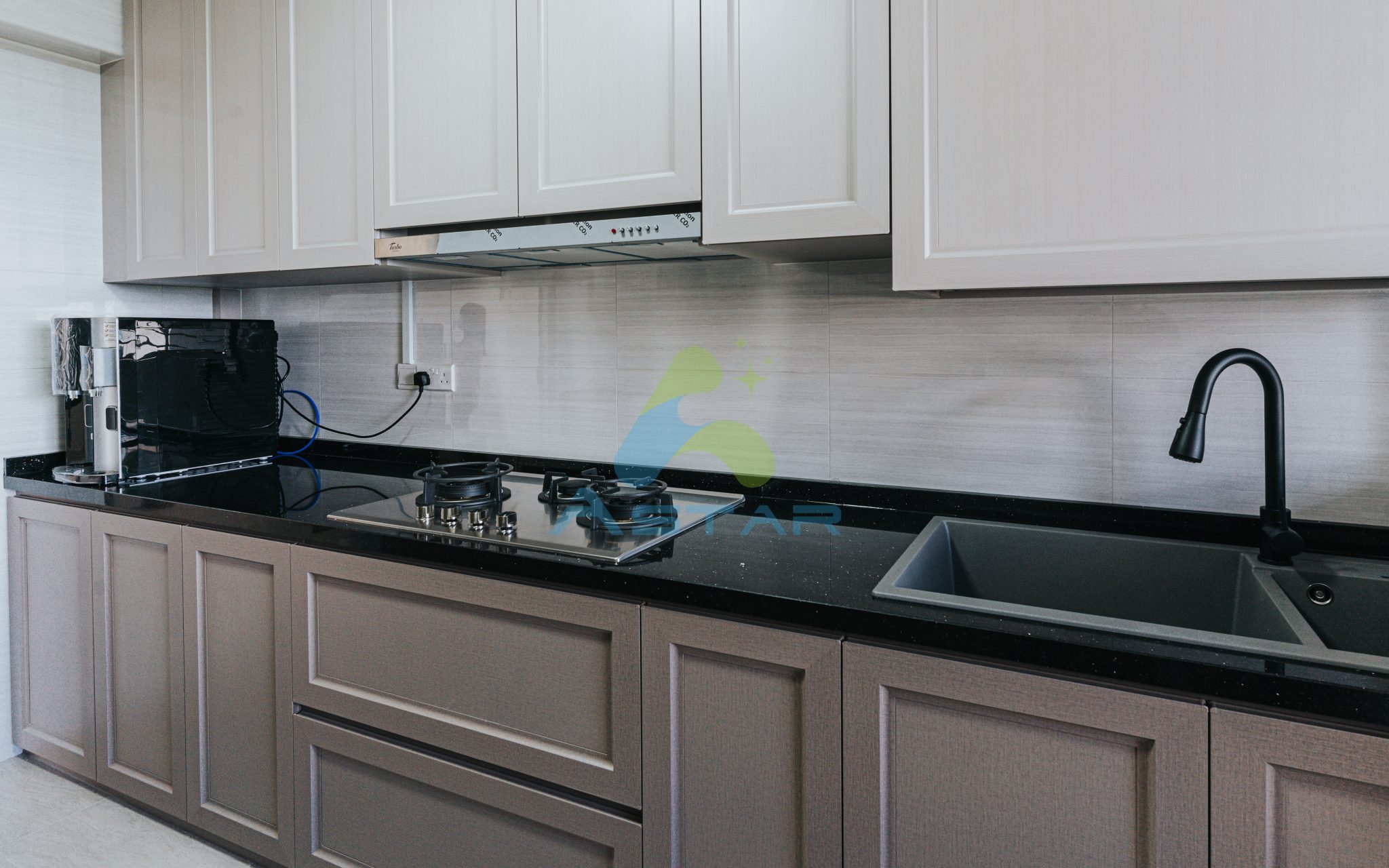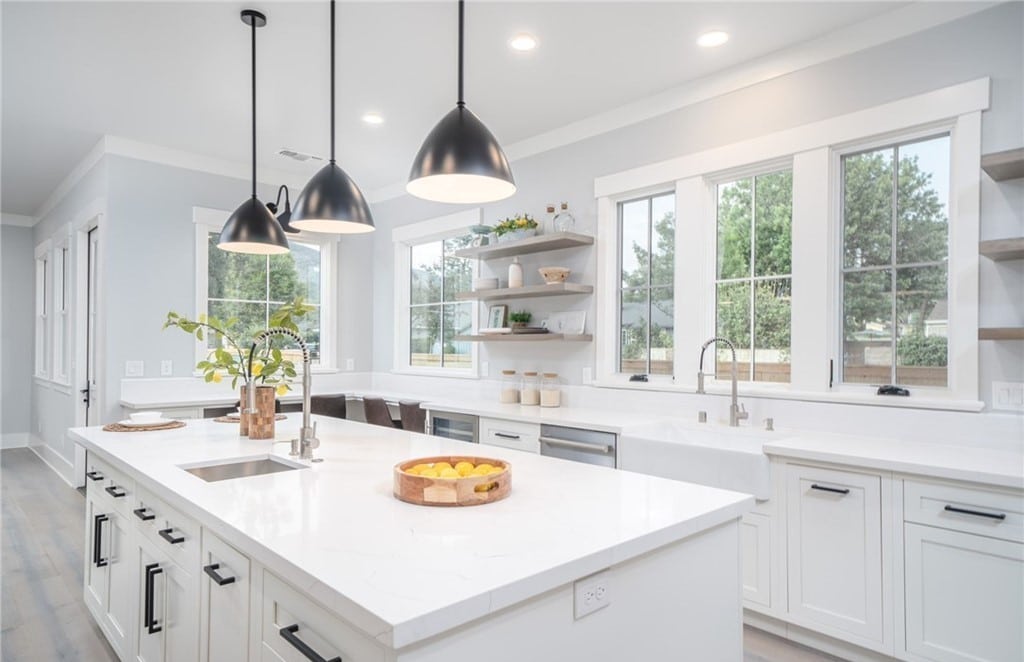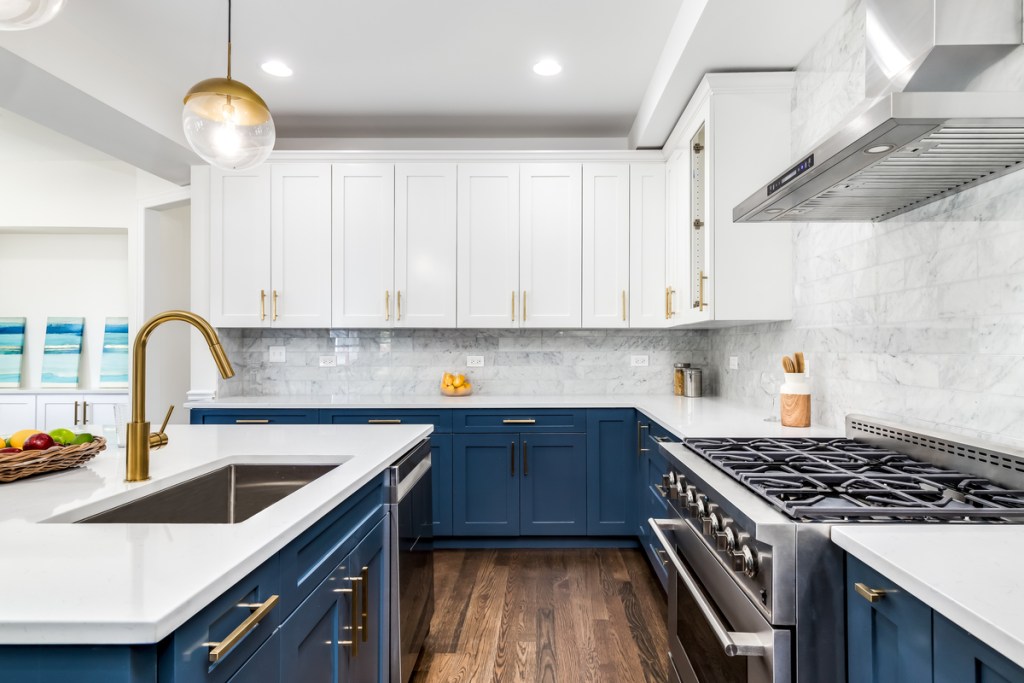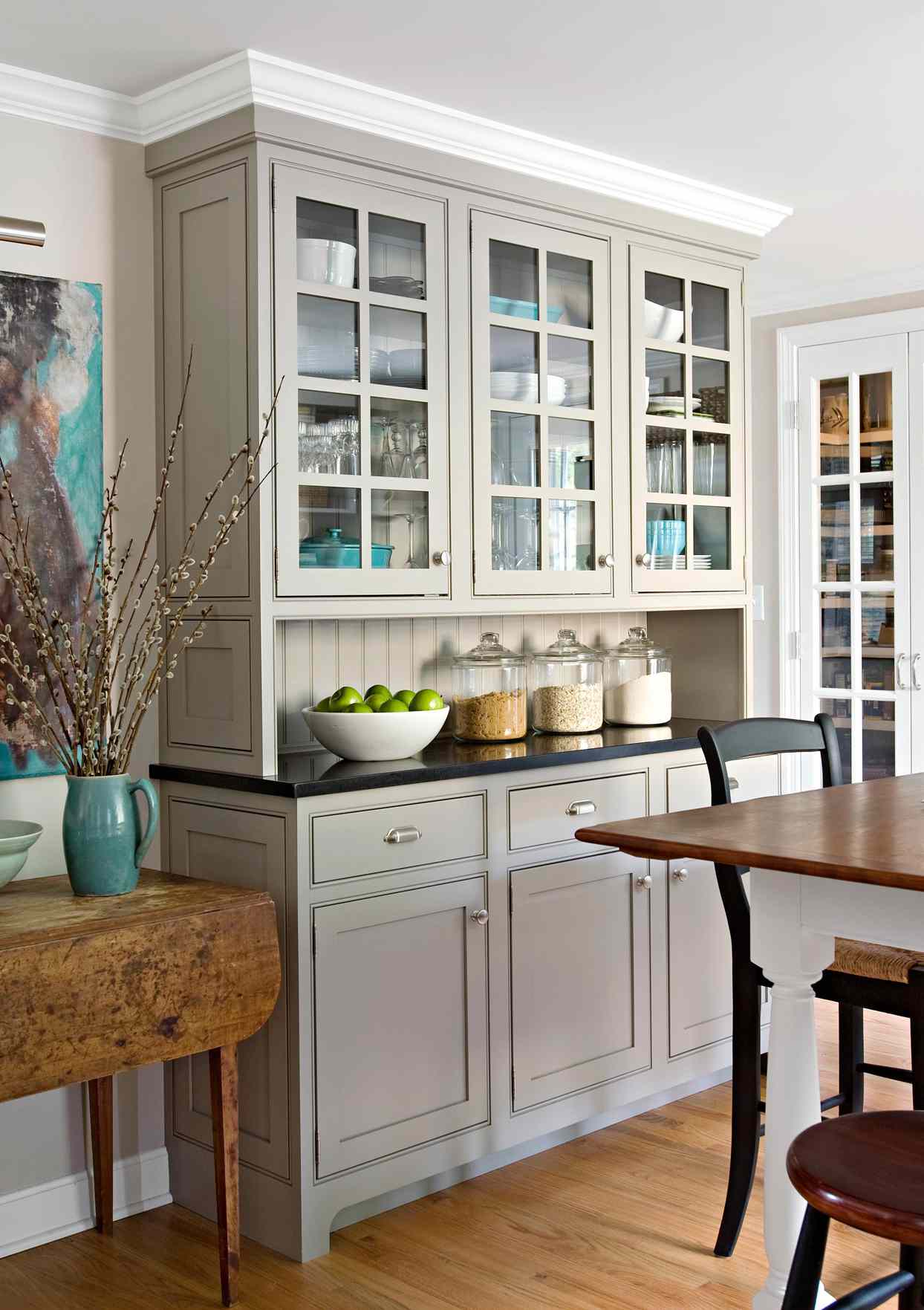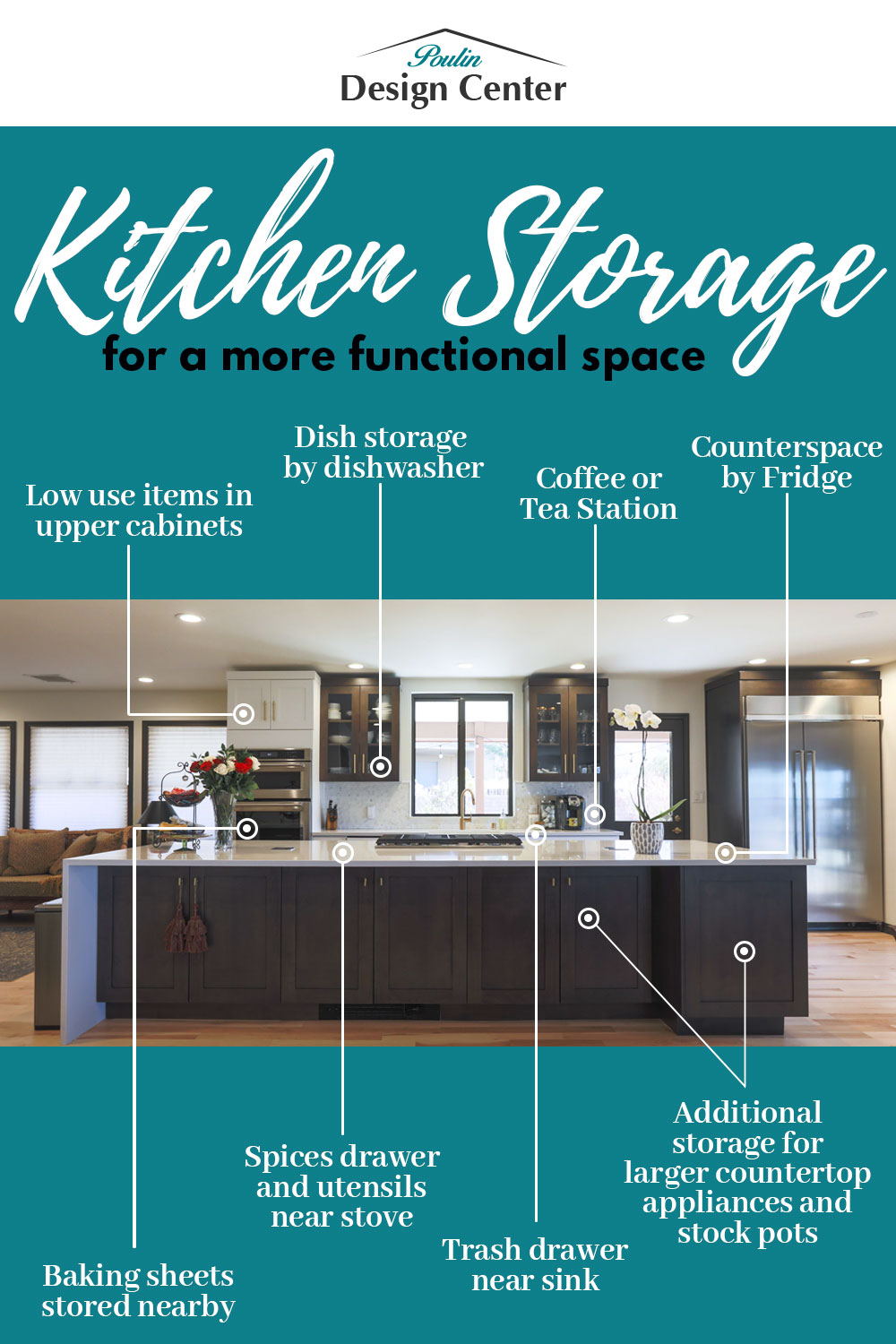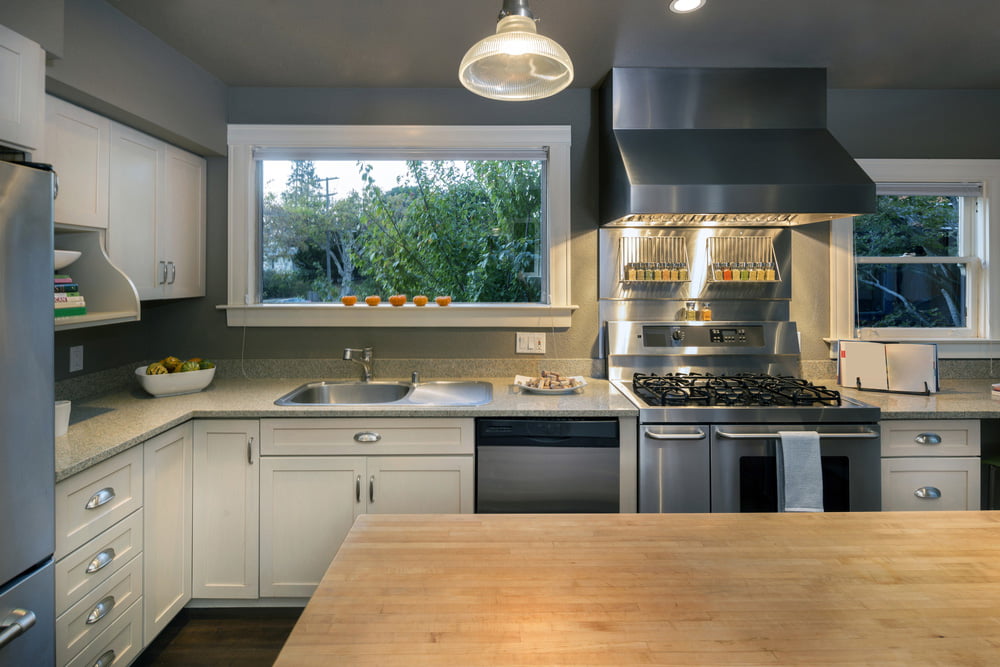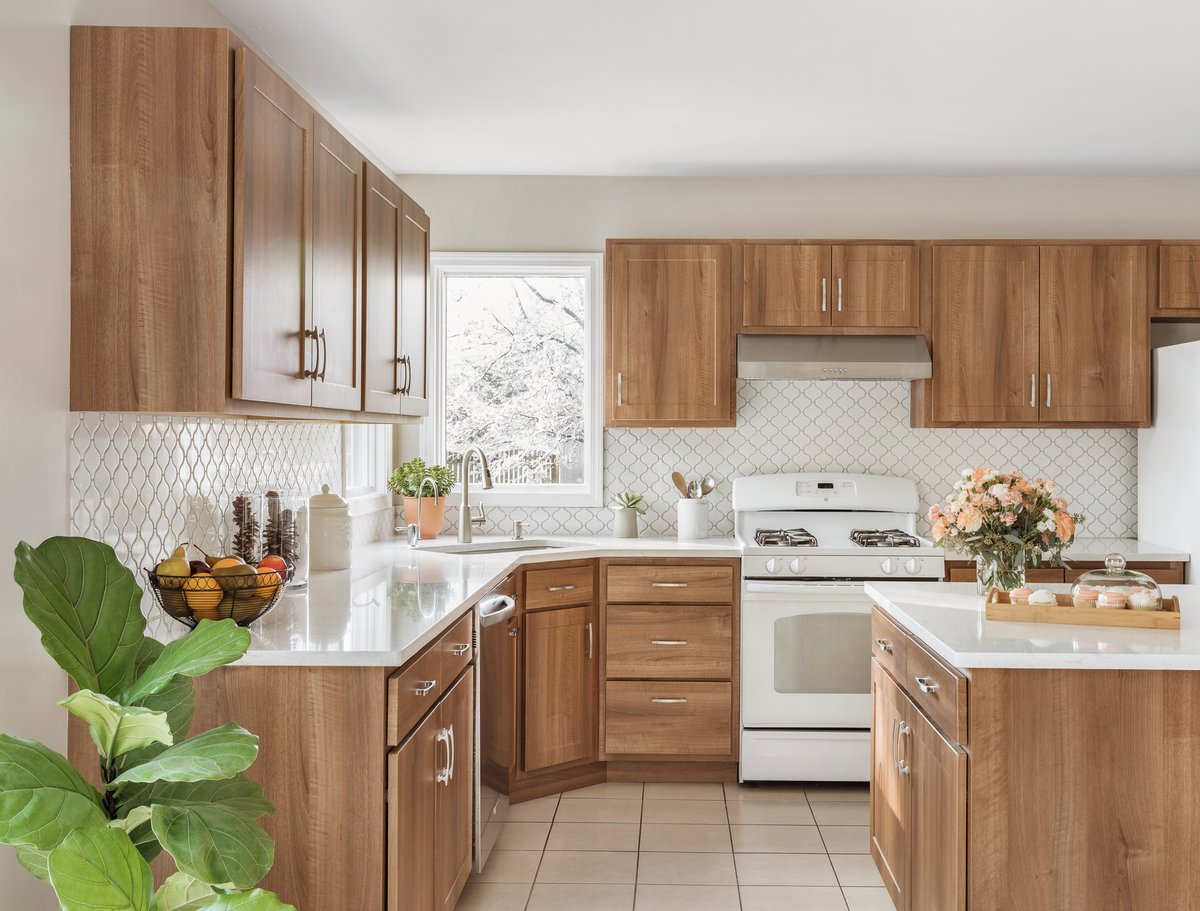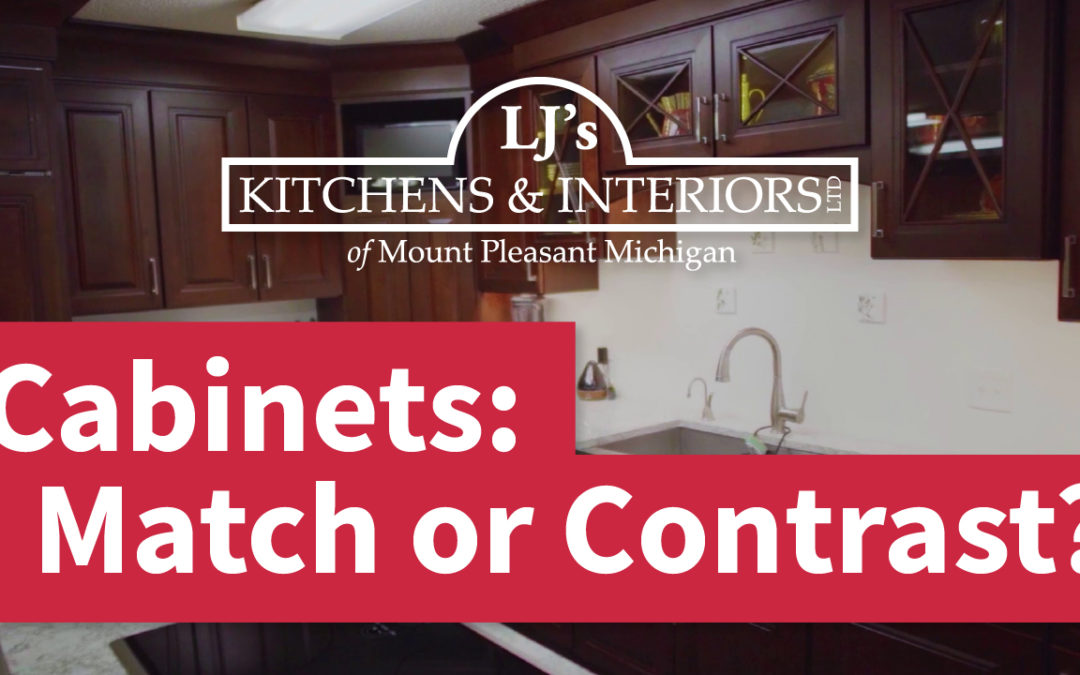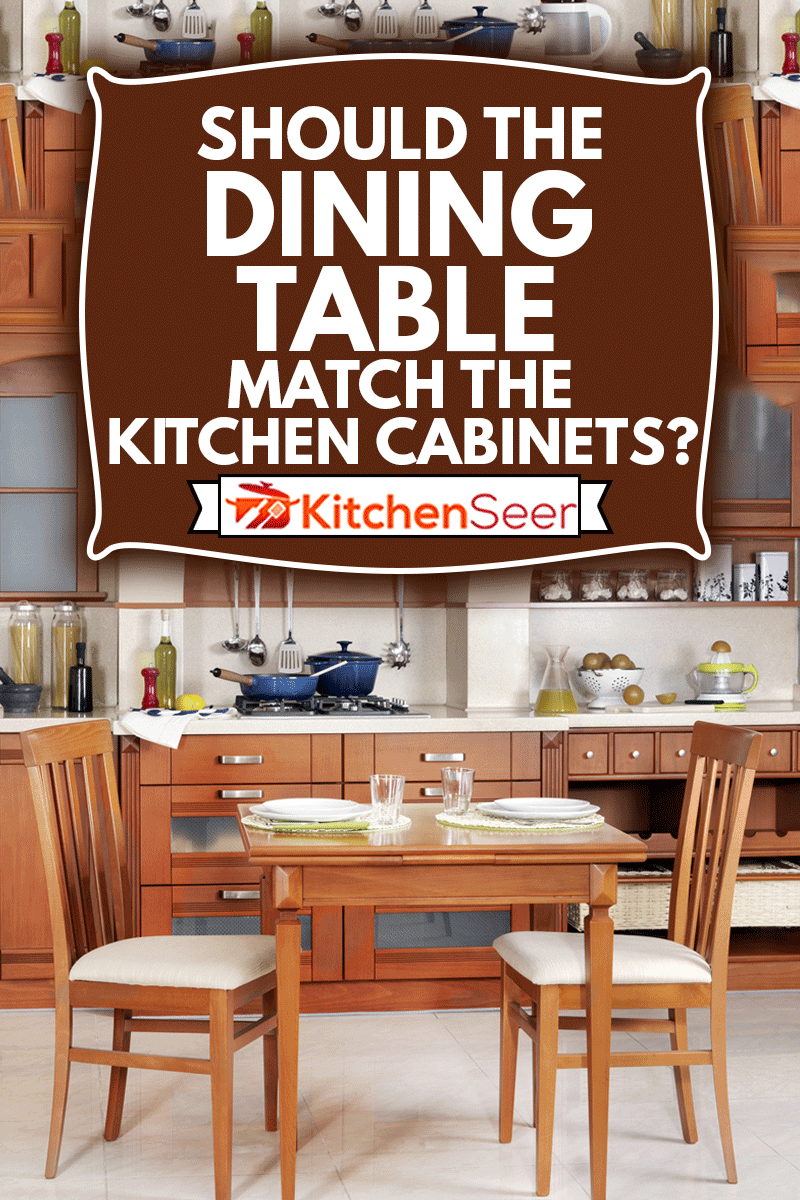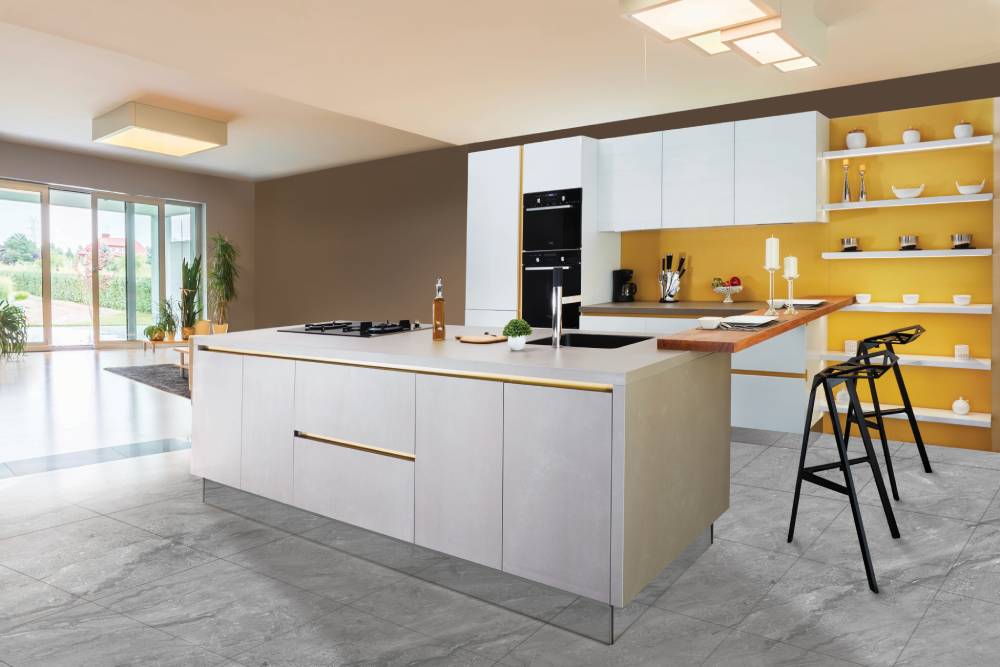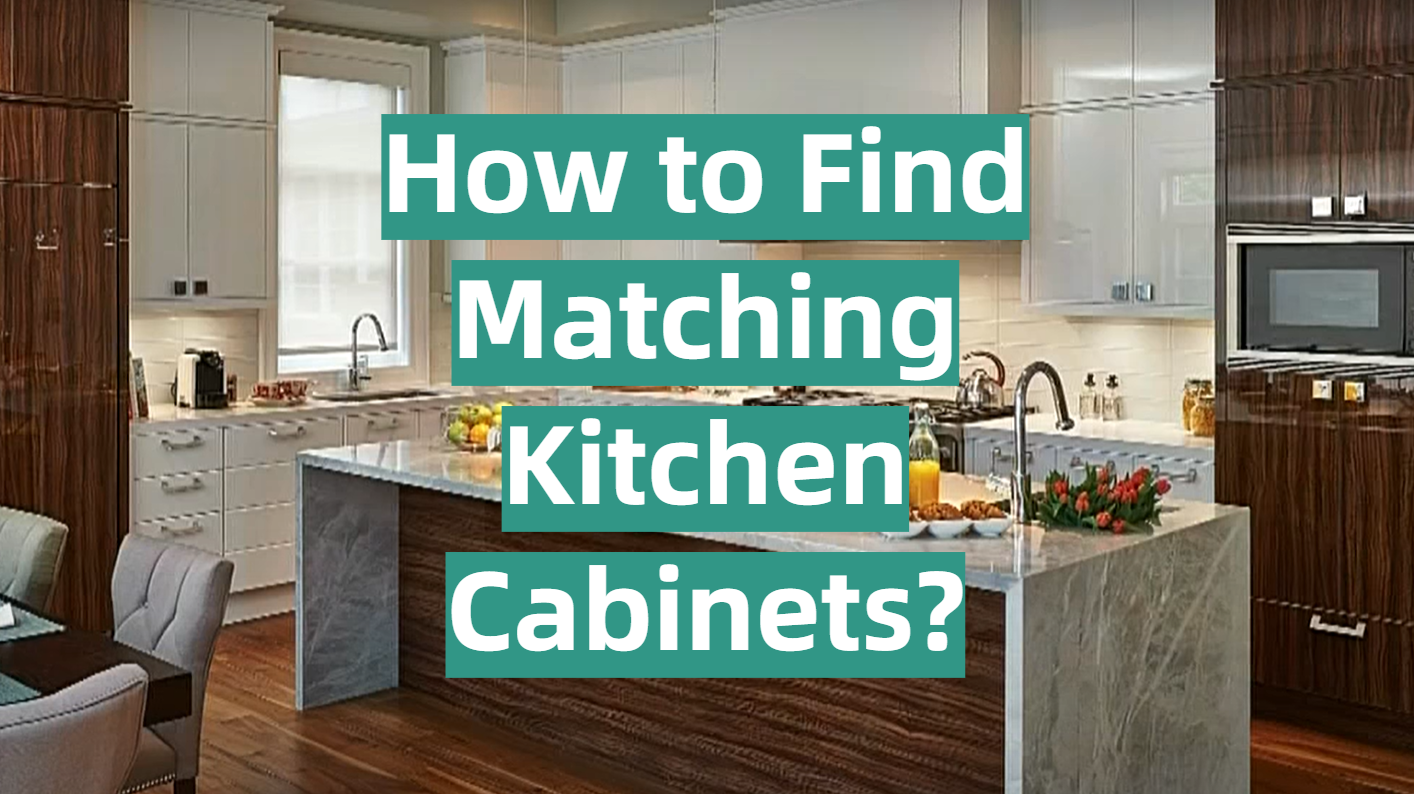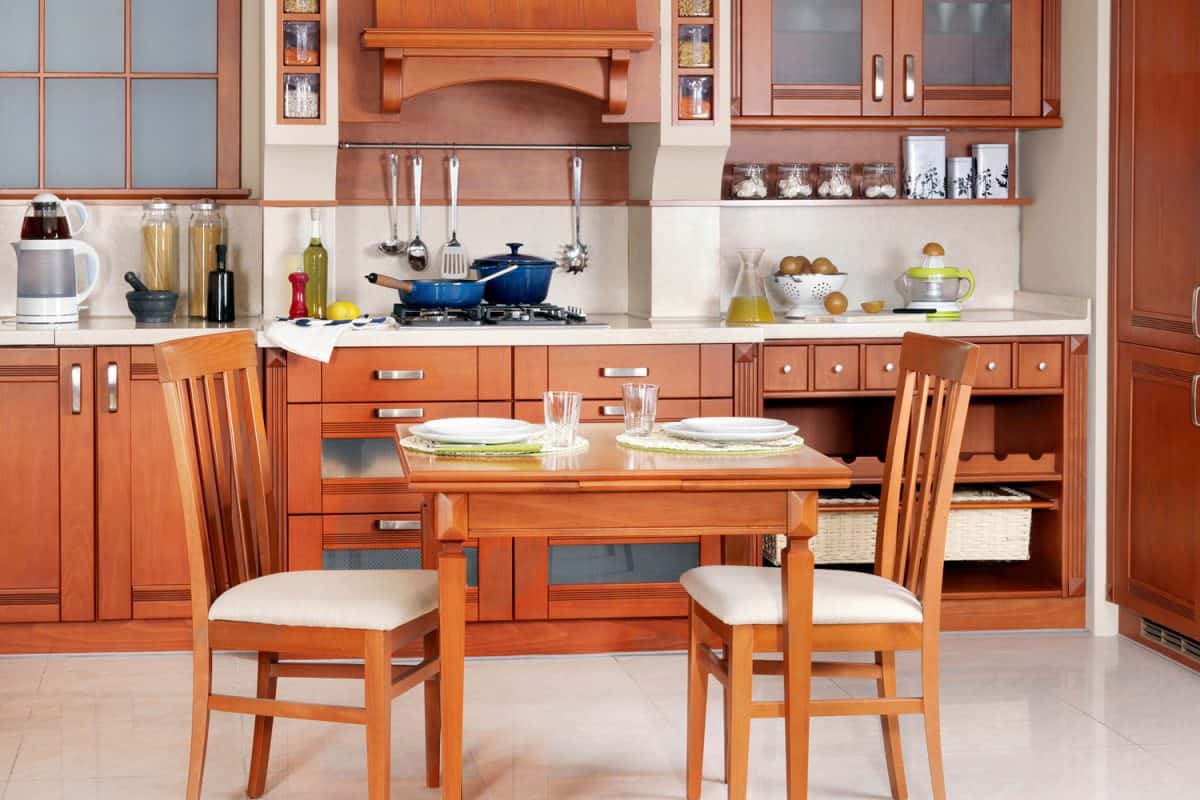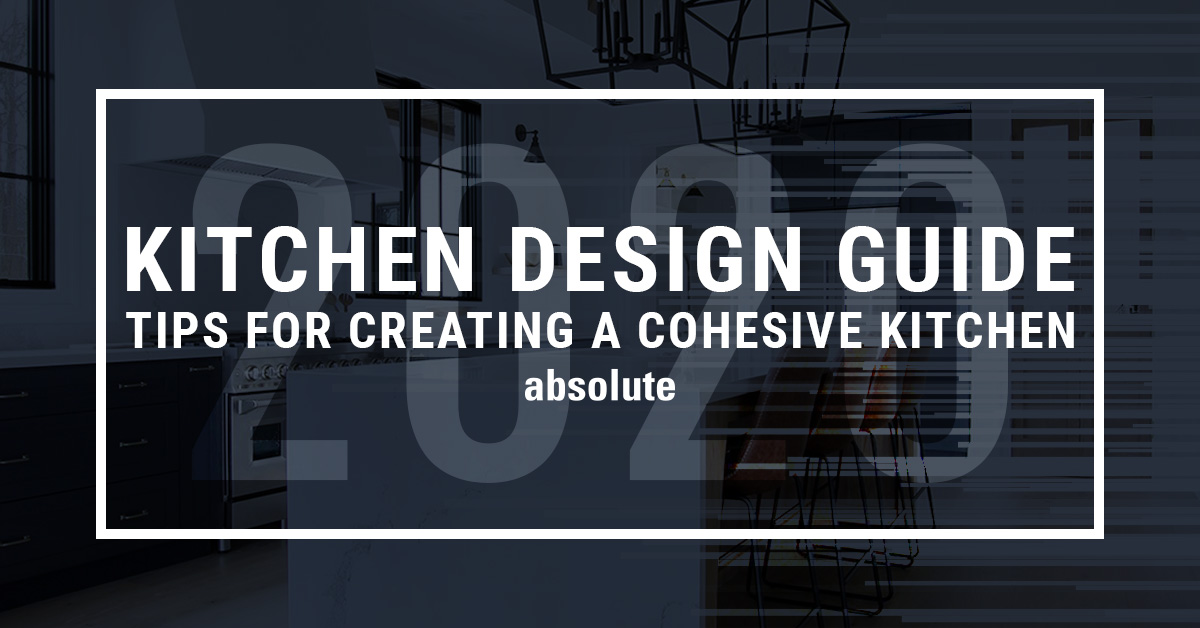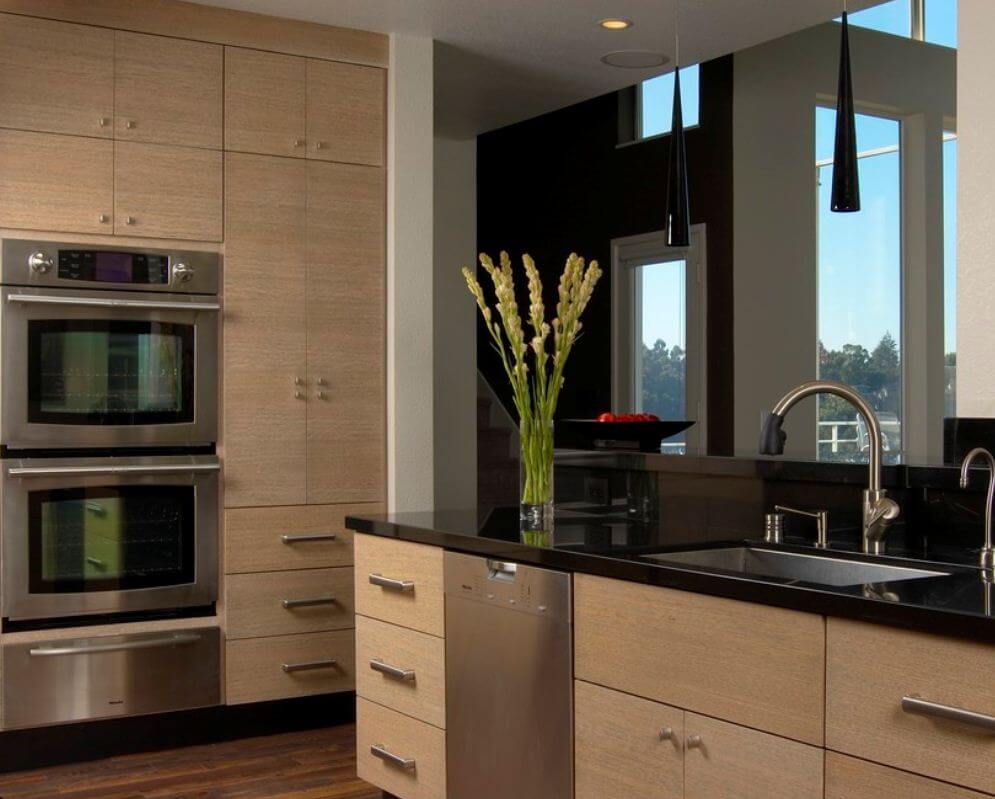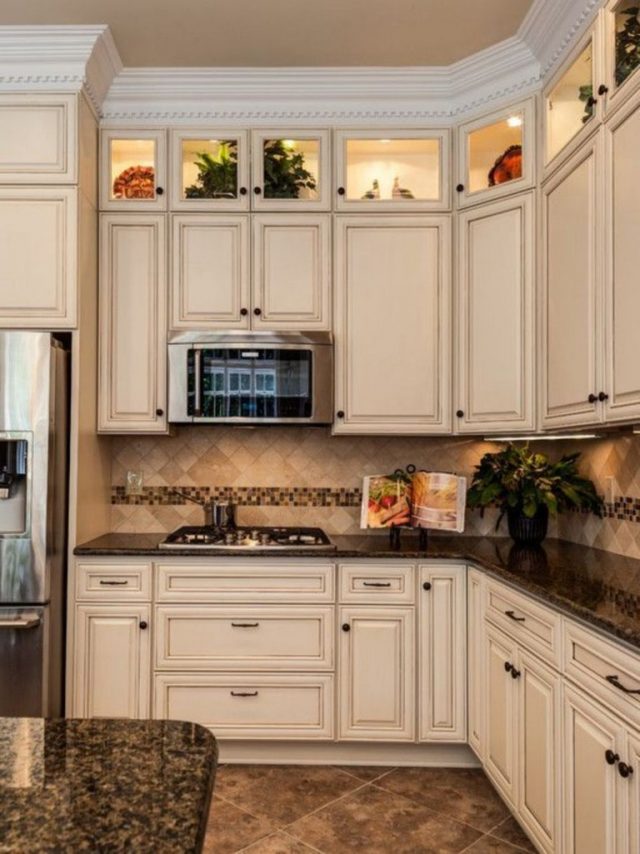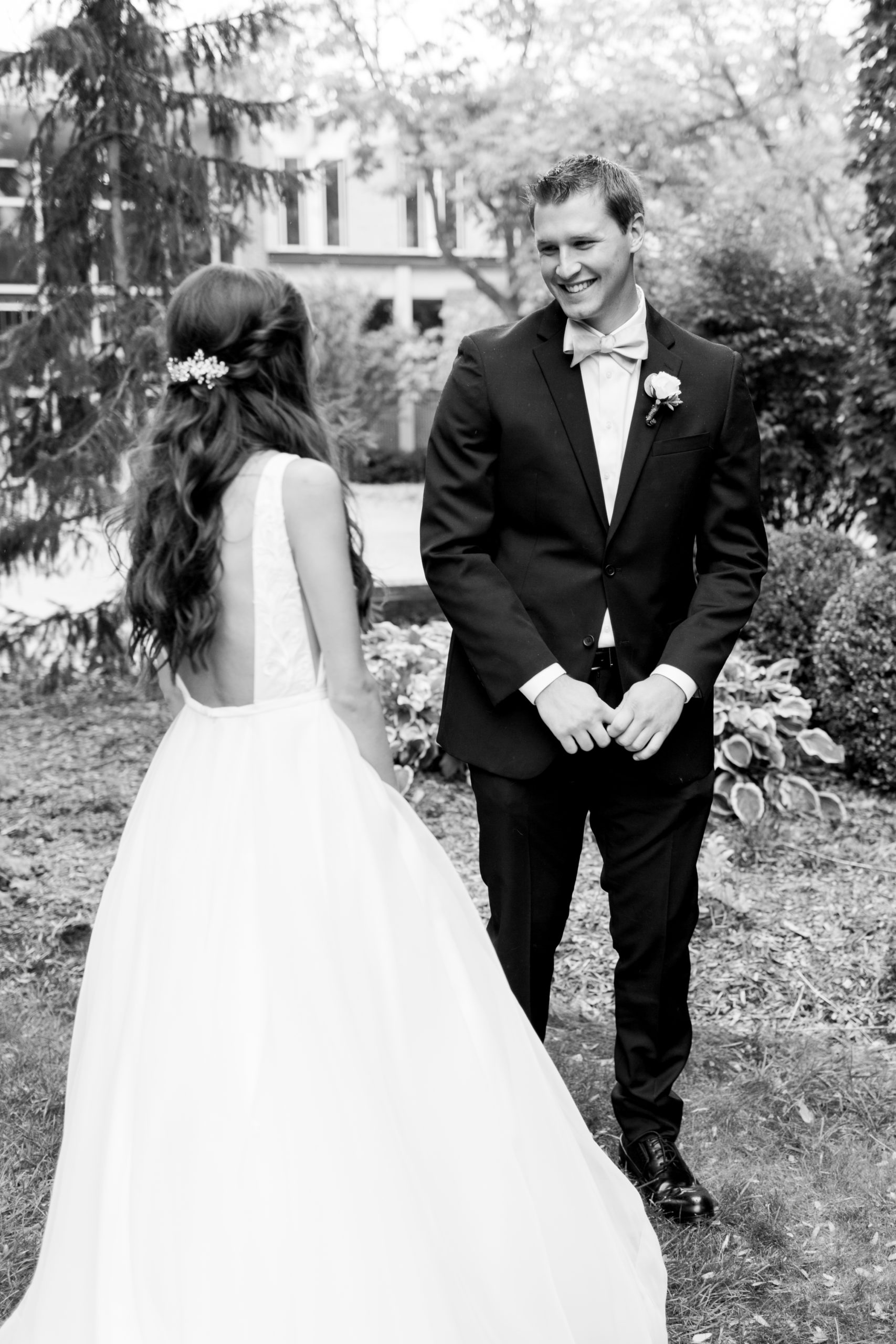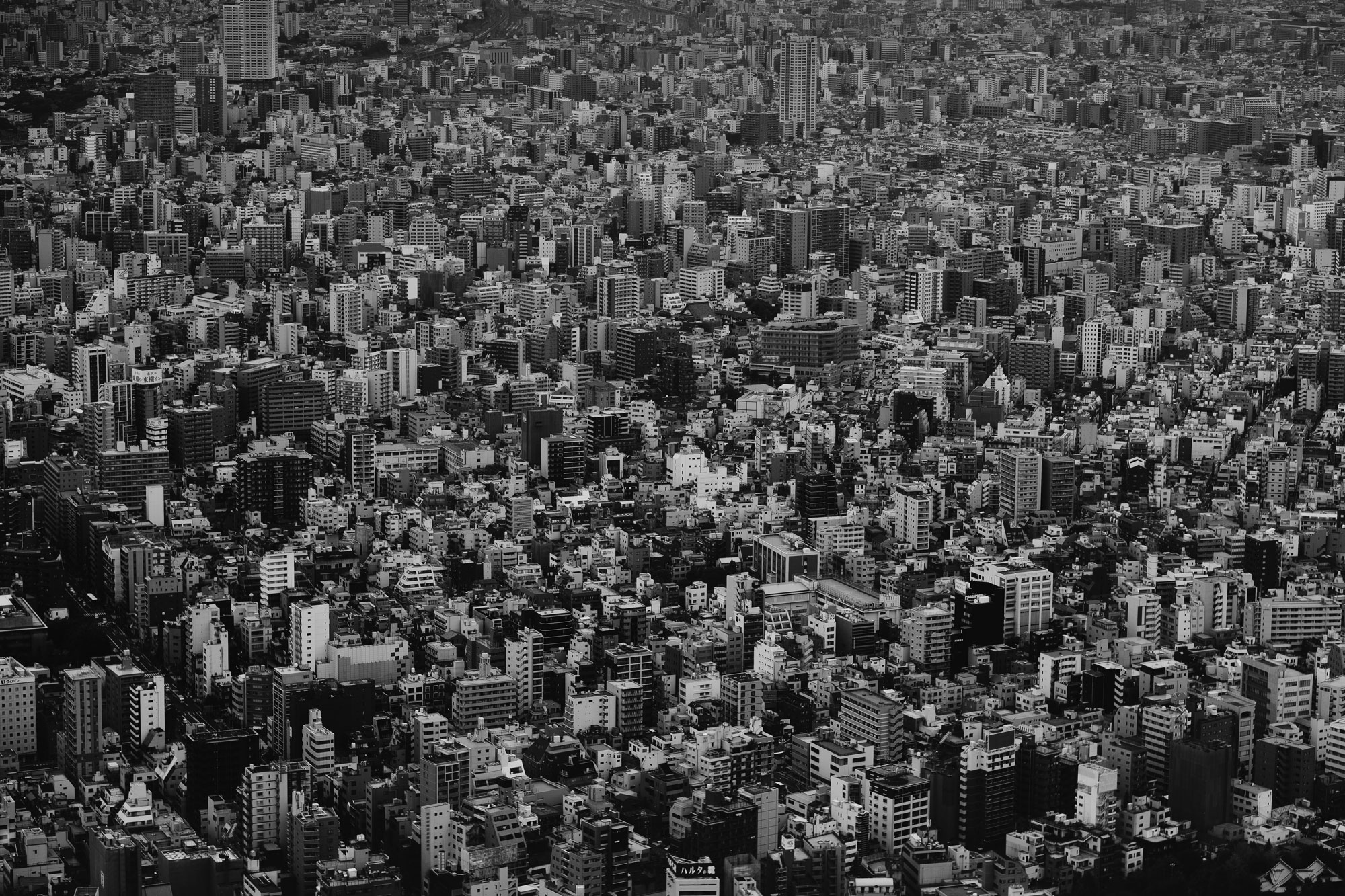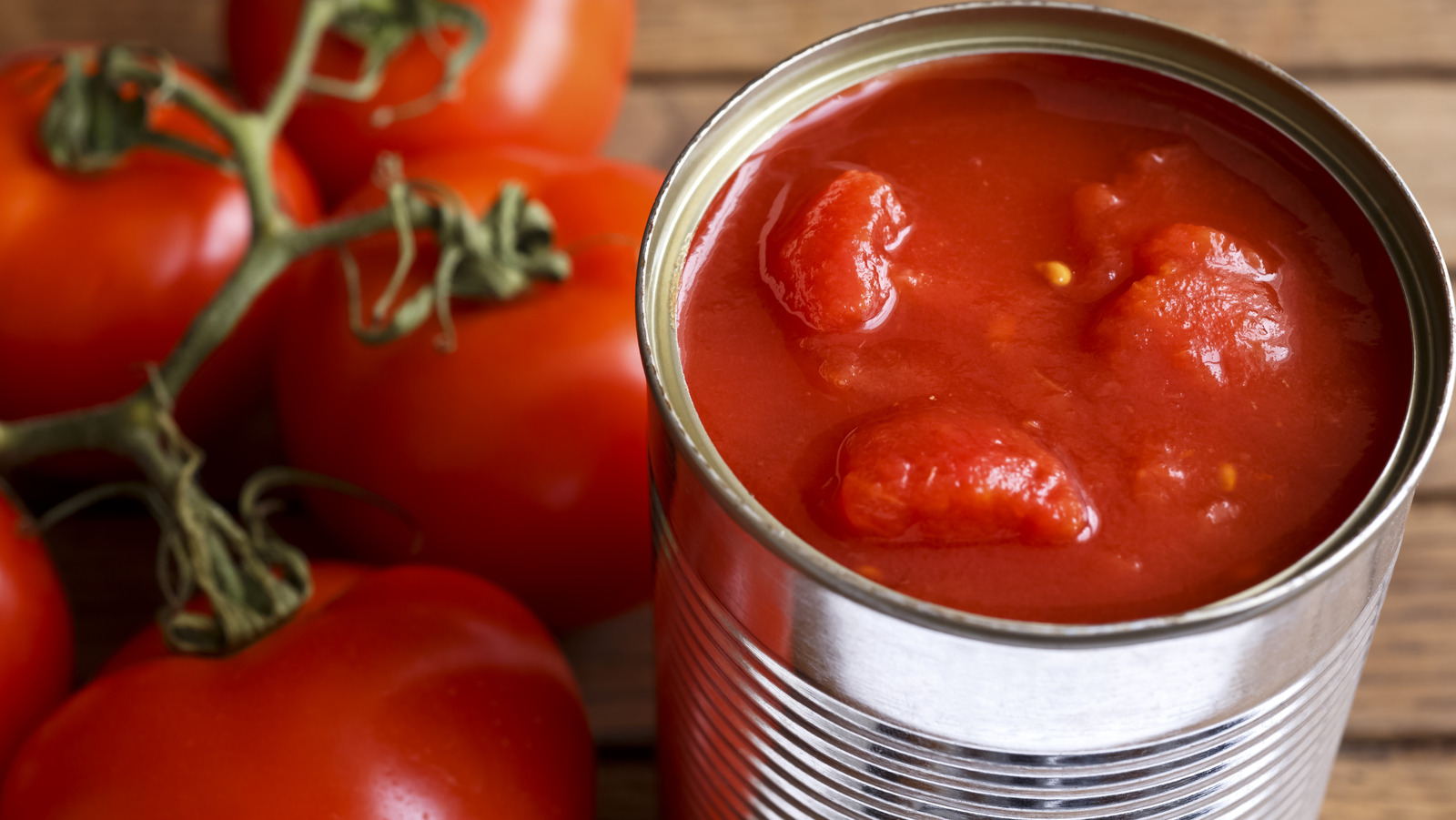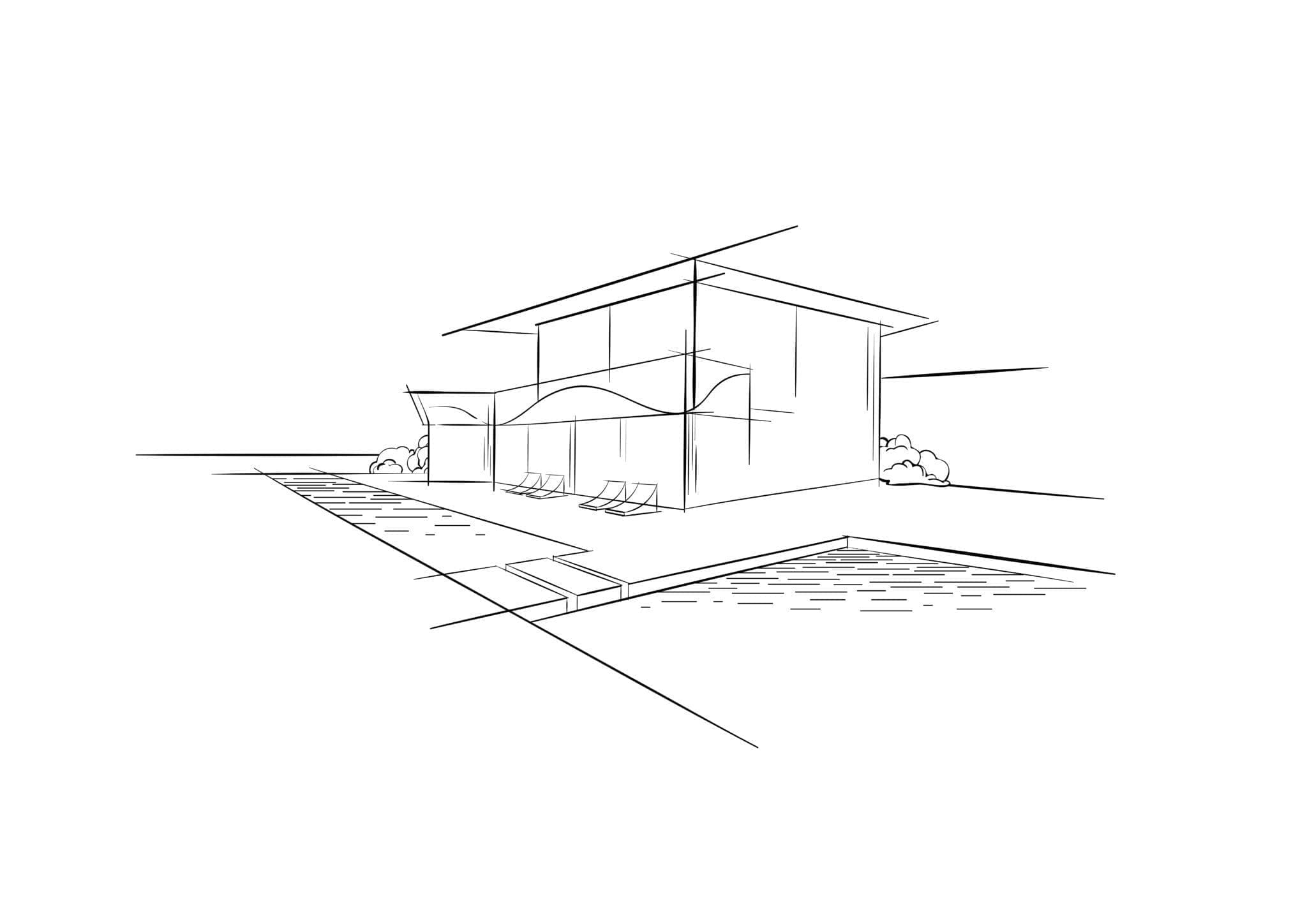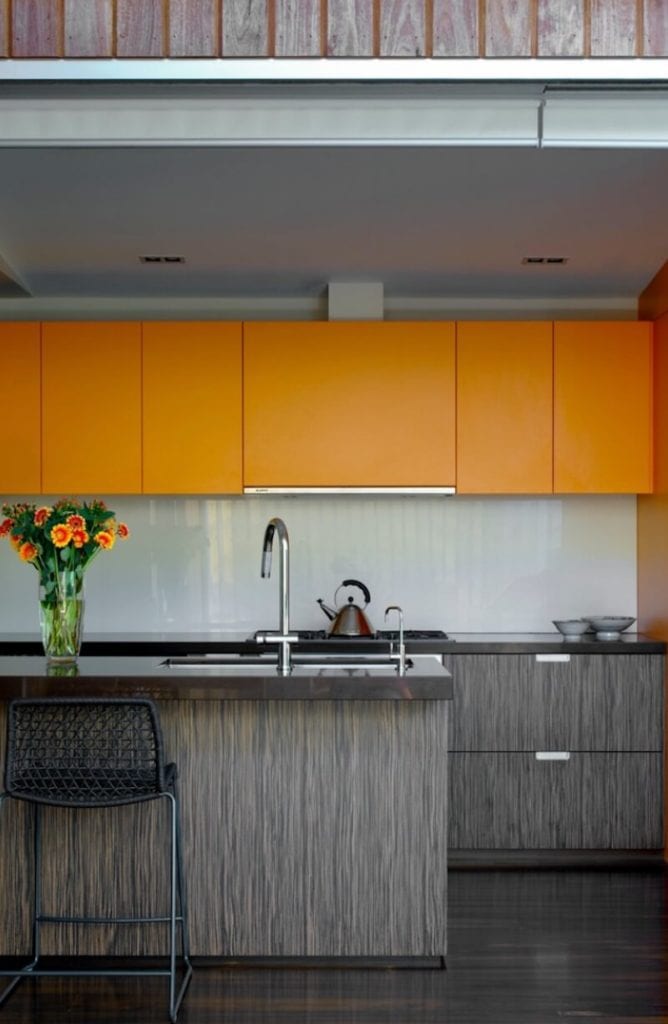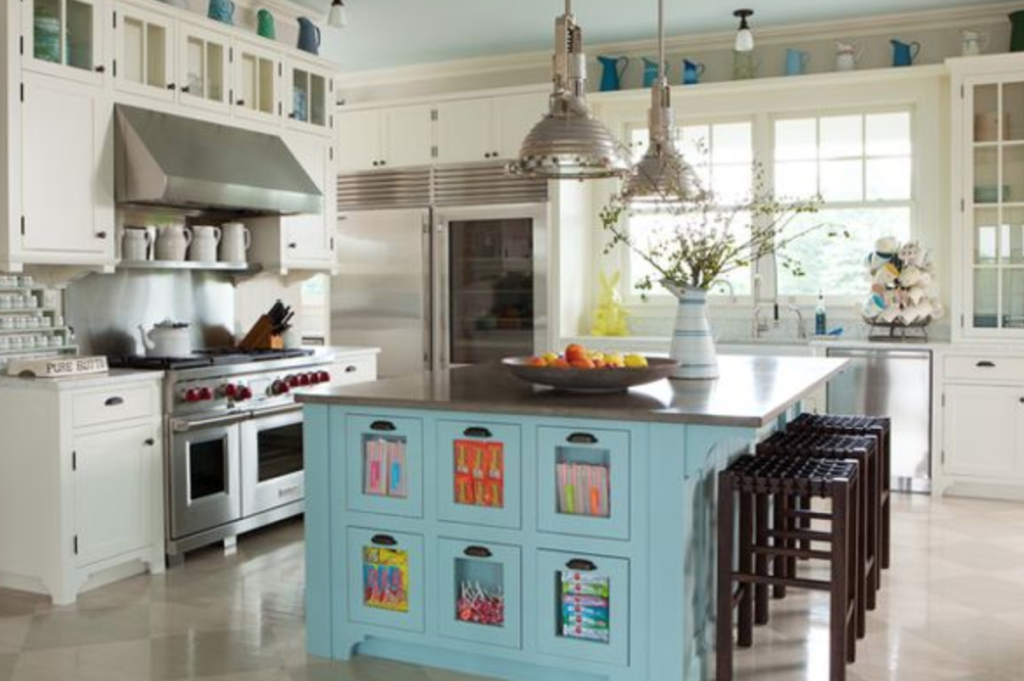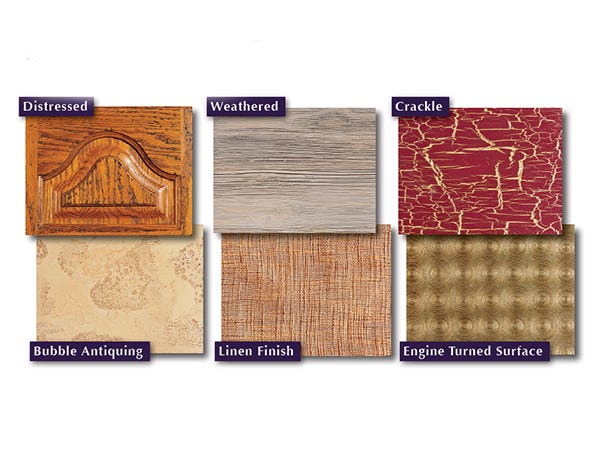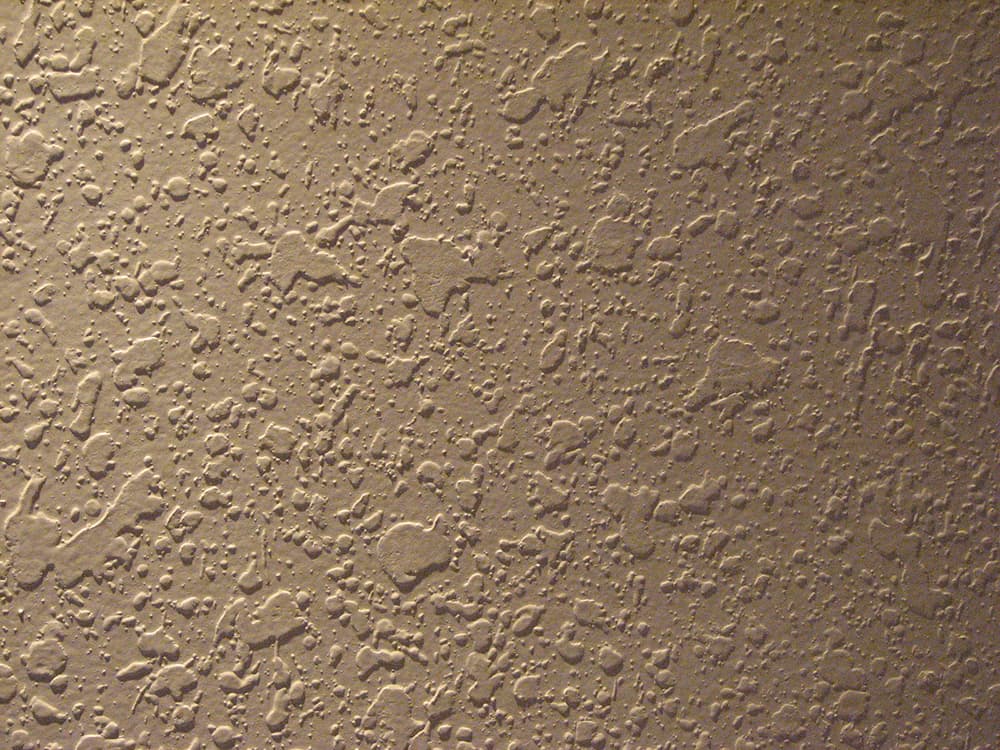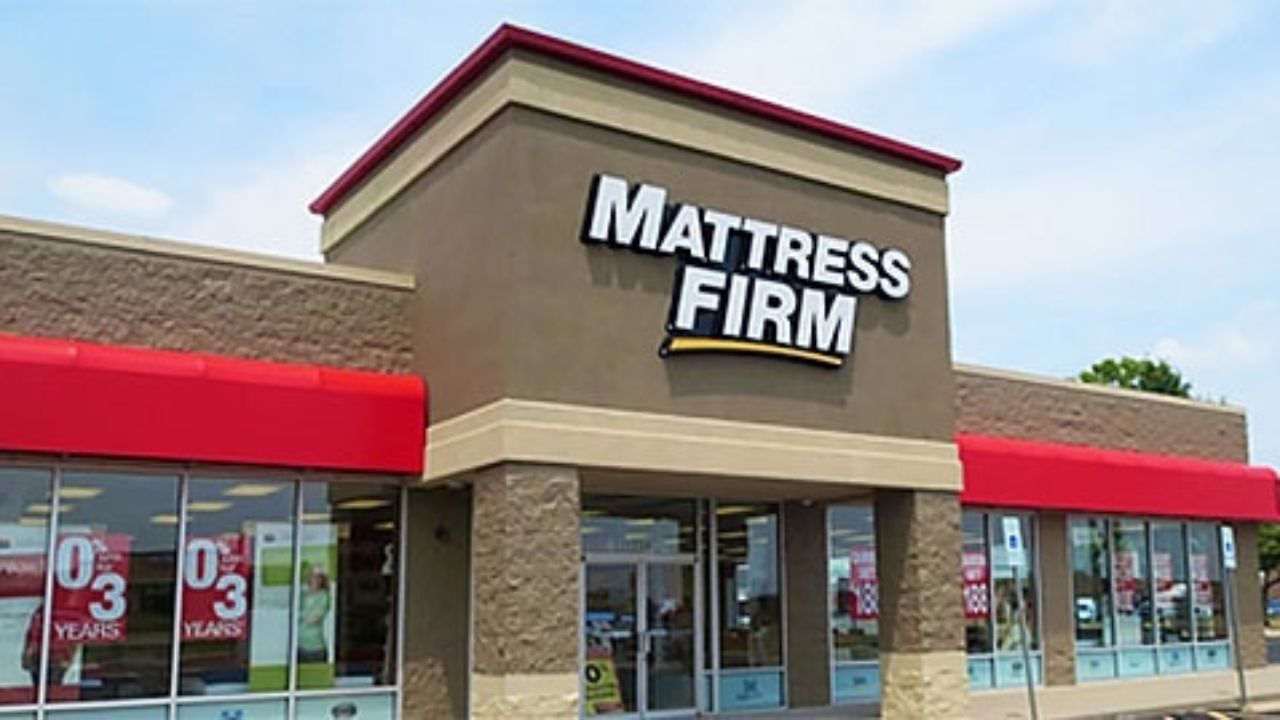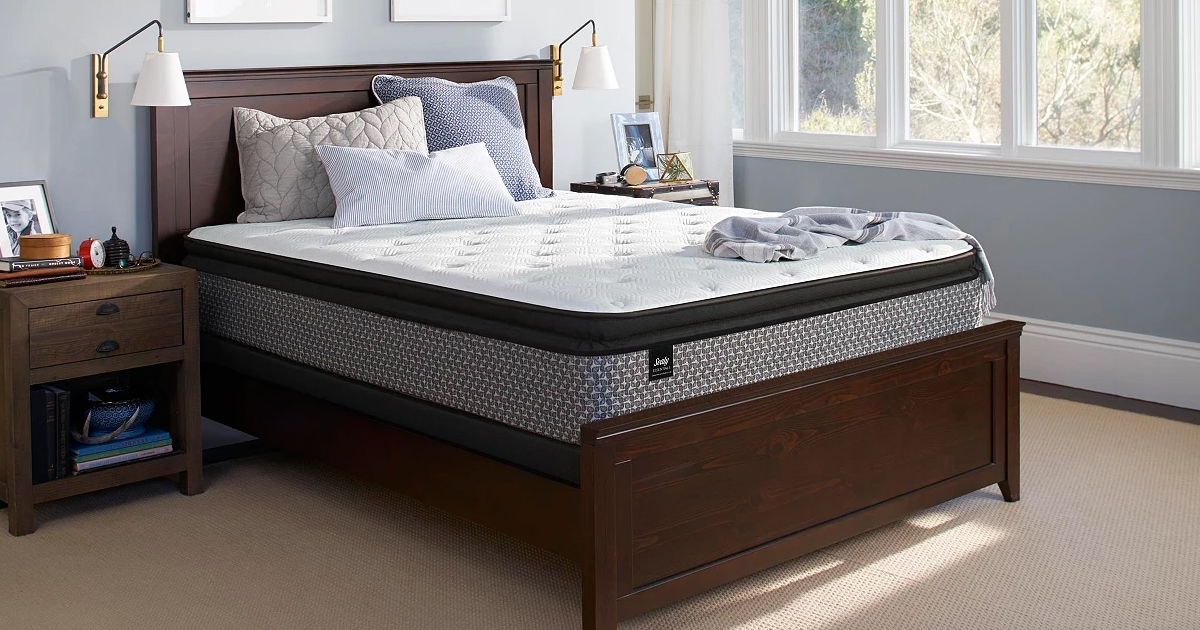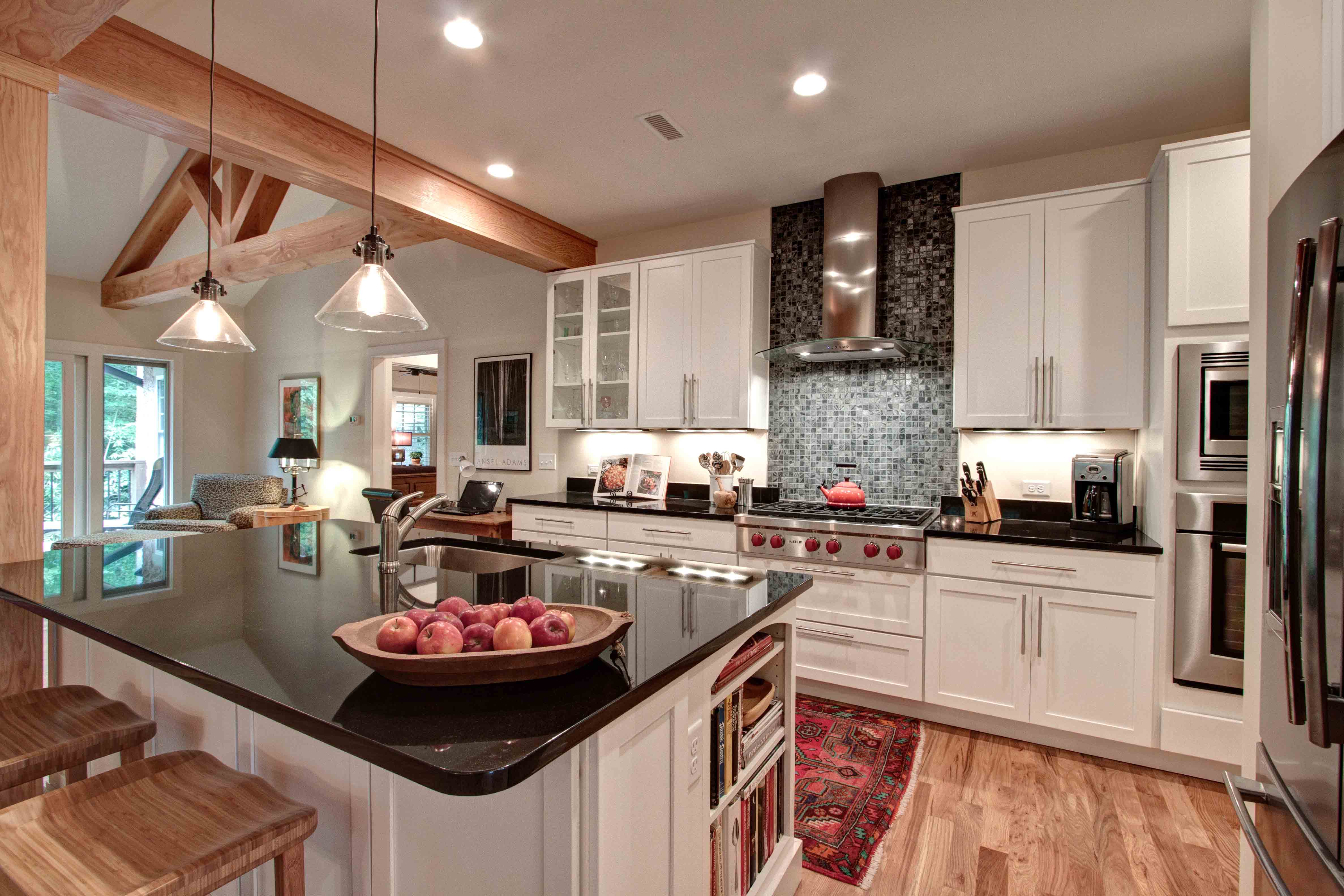One of the biggest decisions when it comes to designing a kitchen is choosing the color scheme. And when it comes to the kitchen cabinets and walls, the question often arises – should they be the same color? Some designers swear by matching colors, while others prefer to mix it up. In this article, we will delve into the debate and explore 10 reasons why you should paint your kitchen cabinets the same color as your walls.Should Kitchen Cabinet and Wall Be Same Color?
1. Creates a cohesive and harmonious look: When the cabinets and walls are the same color, it creates a seamless and cohesive look in the kitchen. It ties all the elements together and creates a sense of balance in the space. 2. Makes the room appear larger: By using the same color on the cabinets and walls, it eliminates any visual breaks and creates a sense of continuity. This can make the room appear larger and more spacious. 3. Emphasizes other design elements: When the cabinets and walls are the same color, it allows other design elements like countertops, backsplash, and decor to stand out and be the focal point of the kitchen. 4. Easy to coordinate with other rooms: If your kitchen is open to other rooms, having the same color on the cabinets and walls makes it easier to coordinate with the rest of the space. This creates a cohesive flow throughout the house. 5. Adds a touch of simplicity: In a world of constantly changing trends and styles, having matching cabinets and walls can add a touch of simplicity and timelessness to your kitchen design. 6. Creates a sleek and modern look: For a sleek and modern look, matching cabinets and walls can do wonders. It creates a clean and streamlined look that is popular in contemporary kitchen designs. 7. Enhances the color of the cabinets: By painting the walls the same color as the cabinets, it allows the cabinets to stand out and become the focal point. This is especially useful if you have invested in high-quality or unique cabinets. 8. Provides a blank canvas for decor: With matching cabinets and walls, you have a blank canvas to play with when it comes to decor. You can add pops of color with accessories, without worrying about clashing with the walls. 9. Easy to change up the look: If you get tired of the same color on the cabinets and walls, it is easy to change it up by repainting one or both. This gives you flexibility in your design without having to make major changes. 10. Adds value to your home: A cohesive and well-designed kitchen can add value to your home. By having matching cabinets and walls, it creates a polished and put-together look that can impress potential buyers.10 Reasons Why You Should Paint Your Kitchen Cabinets the Same Color as Your Walls
While there are certainly benefits to having contrasting colors for your kitchen cabinets and walls, there are also strong arguments for matching them. Here are a few reasons why matching your kitchen cabinets to your walls is a good idea: Creates a sense of continuity: When the cabinets and walls are the same color, it creates a sense of continuity and flow in the kitchen. This is especially important if your kitchen is open to other rooms. Allows other design elements to shine: By keeping the cabinets and walls the same color, it allows other design elements like countertops, backsplash, and appliances to stand out and become the focal point. Easy to style: With matching cabinets and walls, it is easier to style the kitchen as you don't have to worry about clashing colors or patterns. This makes it a more foolproof design choice for those who are not confident in their design skills. Creates a cohesive look: Having the same color on the cabinets and walls creates a cohesive and polished look in the kitchen. This can make the space feel more put-together and aesthetically pleasing.Why Matching Your Kitchen Cabinets to Your Walls is a Good Idea
As with any design decision, there are pros and cons to having matching kitchen cabinets and walls. Here are a few to consider: Pros: - Creates a cohesive and harmonious look - Makes the room appear larger - Allows other design elements to stand out - Easy to coordinate with other rooms - Adds a touch of simplicity - Enhances the color of the cabinets - Provides a blank canvas for decor - Easy to change up the look - Adds value to your home Cons: - Can make the room appear monochromatic - May limit your options for decor and styling - Harder to create contrast and visual interestPros and Cons of Having Matching Kitchen Cabinets and Walls
Choosing the right color for your kitchen cabinets and walls can be a daunting task. Here are a few tips to help you make the right choice: Consider your overall design style: The color of your cabinets and walls should complement your overall design style. For a modern look, opt for neutral colors like white, gray, or black. For a more traditional look, warm and inviting colors like cream, beige, or light wood tones work well. Take lighting into account: The lighting in your kitchen can significantly impact how colors appear. Natural light can make colors appear brighter, while artificial light can make them appear darker. Consider the lighting in your kitchen when choosing the color for your cabinets and walls. Think about the size of your kitchen: If you have a small kitchen, lighter colors can make it appear larger and more spacious. Darker colors can make a large kitchen feel more cozy and intimate. Consider the mood you want to create: Colors can evoke different moods, so think about what you want your kitchen to feel like. Cool colors like blue and green can create a calm and serene atmosphere, while warm colors like red and yellow can make the space feel more energetic and lively.How to Choose the Right Color for Your Kitchen Cabinets and Walls
The debate between matching or contrasting kitchen cabinets and walls is ongoing. Ultimately, the decision comes down to personal preference and what works best for your space. Here are a few things to consider when making this decision: Contrasting colors can create visual interest: Contrasting colors can create a dynamic and visually interesting look in the kitchen. This can be achieved by using complementary colors or by using a mix of light and dark shades. Matching colors can create a more cohesive look: As discussed earlier, matching colors can create a cohesive and harmonious look in the kitchen. This can be especially beneficial if you have an open-concept kitchen that flows into other rooms. Consider the size of your kitchen: In a small kitchen, using contrasting colors can make it feel too busy and overwhelming. In a larger kitchen, using contrasting colors can add depth and dimension. Think about your personal style: Ultimately, your personal style and preference should guide your decision. If you prefer a more monochromatic and streamlined look, matching colors may be the better choice. If you like to mix and match and play with color, contrasting colors may be the way to go.Matching vs. Contrasting: Which is Better for Kitchen Cabinets and Walls?
The color of your kitchen cabinets and walls can have a significant impact on the overall look and feel of your kitchen. Here are a few ways that matching colors can affect the overall look of your kitchen: - Creates a cohesive and polished look - Makes the room appear larger - Emphasizes other design elements - Adds a touch of simplicity - Can make the space feel monochromatic - May limit options for decor and styling - Can make the room appear too busy if not balanced correctlyThe Impact of Matching Kitchen Cabinets and Walls on the Overall Look of Your Kitchen
To ensure a cohesive and well-designed look when matching your kitchen cabinets and walls, here are a few tips to keep in mind: Choose the right paint finish: The finish of your paint can impact how the color appears. For cabinets, opt for a semi-gloss or high-gloss finish for durability and easy cleaning. For walls, a matte or eggshell finish can work well. Incorporate texture and finishes: To avoid a monochromatic look, incorporate different textures and finishes in your cabinets and walls. For example, you can have matte cabinets and a glossy backsplash or vice versa. Use accents and accessories: To add interest and break up the color, use accent colors and accessories in your kitchen. This can include colorful appliances, artwork, or decorative items. Consider the lighting: The lighting in your kitchen can make a big difference in how the color appears. Be mindful of the lighting when choosing your color and make sure to test it in different lighting situations before committing to it.Tips for Creating a Cohesive Look with Matching Kitchen Cabinets and Walls
As mentioned earlier, the lighting in your kitchen can have a significant impact on how colors appear. Here are a few reasons why you should consider the lighting when choosing matching colors for your cabinets and walls: It can affect the color's hue and intensity: Natural light can make colors appear brighter and more vibrant, while artificial light can make them appear duller. This can impact how your cabinets and walls look in different lighting situations. It can create a mood: The lighting in your kitchen can also impact the mood and ambiance of the space. Bright, natural light can create a cheerful and inviting atmosphere, while dimmer, warmer light can create a cozy and intimate feel. It can highlight or hide imperfections: Different lighting can also highlight or hide imperfections in the paint. For example, natural light can show brushstrokes or uneven application, while artificial light may not.Why You Should Consider the Lighting in Your Kitchen When Choosing Matching Colors for Cabinets and Walls
To create a visually interesting and dynamic look with matching kitchen cabinets and walls, here are a few ways to incorporate different textures and finishes: Use different paint finishes: As mentioned earlier, using different paint finishes can add depth and dimension to your cabinets and walls. For example, you can have glossy cabinets and a matte wall or vice versa. Mix and match materials: Instead of painting both the cabinets and walls, you can mix and match different materials. For example, you can have wooden cabinets and a tile backsplash in the same color. Use different textures: Another way to add interest is by incorporating different textures in your cabinets and walls. For example, you can have a smooth and glossy backsplash and a textured wallpaper on the walls.How to Incorporate Different Textures and Finishes in Matching Kitchen Cabinets and Walls
Why Kitchen Cabinets and Walls Should Be the Same Color
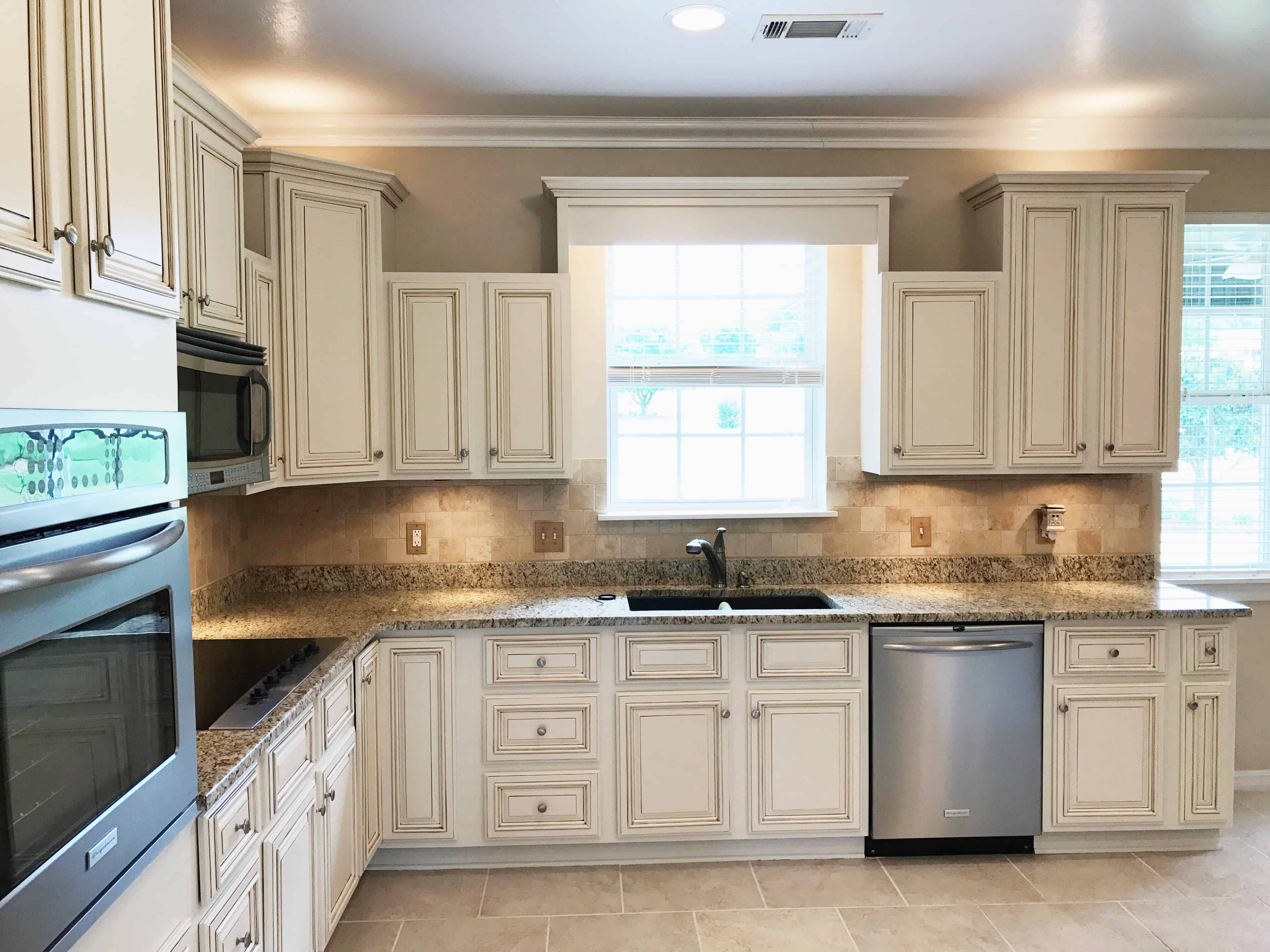
Efficient Use of Space
 When designing a kitchen, it's important to consider the space and how it will be used. Having the kitchen cabinets and walls in the same color can create a cohesive and streamlined look, making the kitchen feel more spacious.
Matching colors
also eliminates any visual distractions that may disrupt the flow of the room, allowing for a more efficient use of space.
When designing a kitchen, it's important to consider the space and how it will be used. Having the kitchen cabinets and walls in the same color can create a cohesive and streamlined look, making the kitchen feel more spacious.
Matching colors
also eliminates any visual distractions that may disrupt the flow of the room, allowing for a more efficient use of space.
Visual Continuity
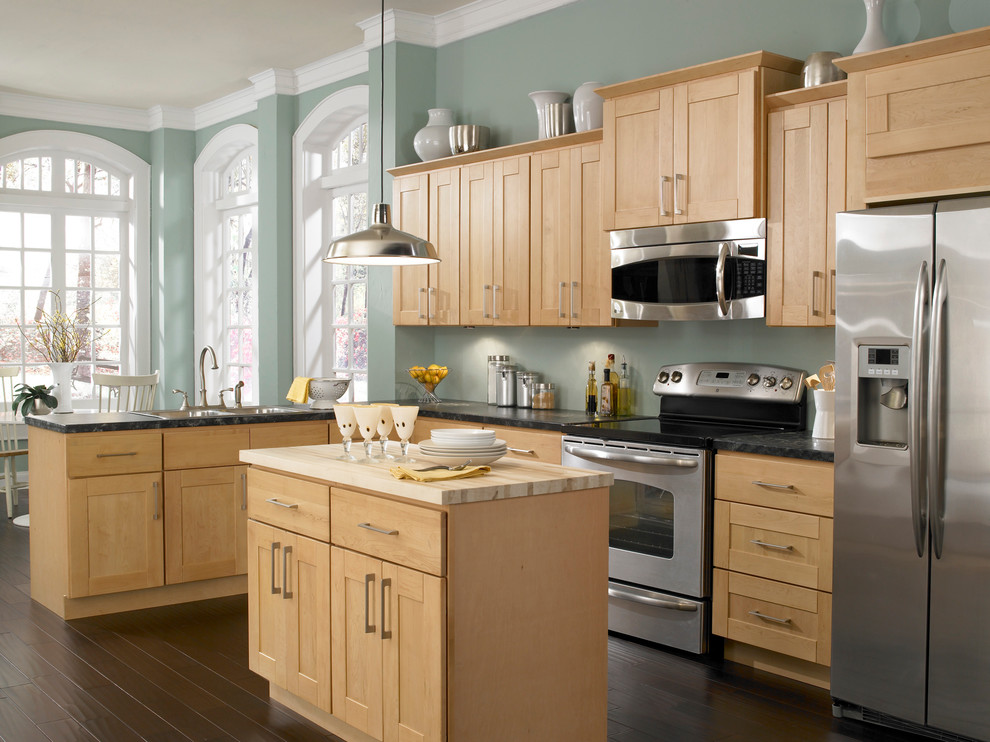 Having the same color for both the kitchen cabinets and walls creates a sense of visual continuity. This can be especially beneficial for smaller kitchens, as
matching colors
can make the space appear larger and less cluttered. It also allows for a more cohesive look, making the kitchen feel like a well-designed and intentional space.
Having the same color for both the kitchen cabinets and walls creates a sense of visual continuity. This can be especially beneficial for smaller kitchens, as
matching colors
can make the space appear larger and less cluttered. It also allows for a more cohesive look, making the kitchen feel like a well-designed and intentional space.
Design Flexibility
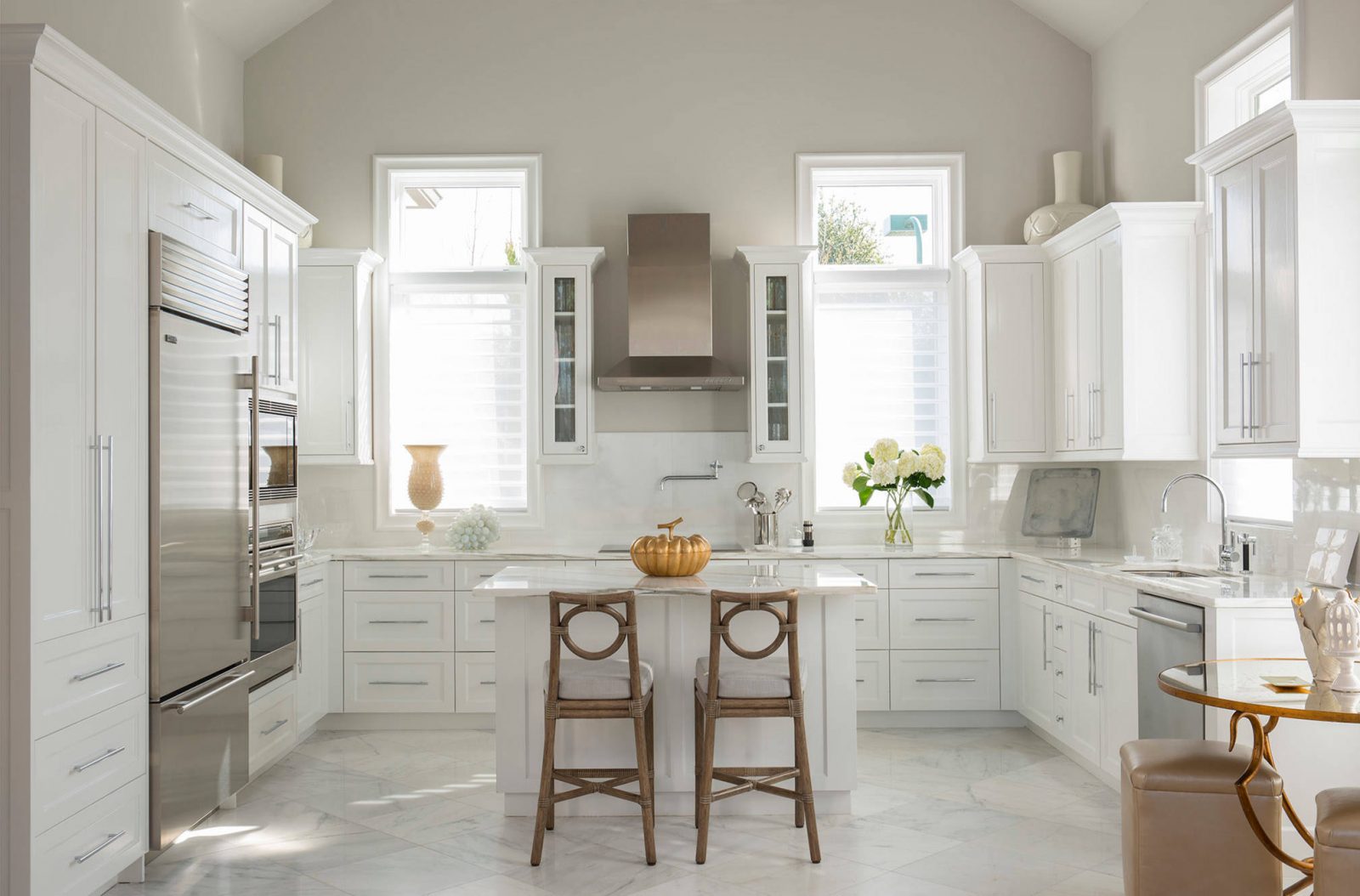 When deciding on a color scheme for your kitchen, it's important to consider the overall design and style of your home. By having the kitchen cabinets and walls in the same color, you have more flexibility in choosing other design elements such as countertops, backsplash, and flooring. This allows for a more cohesive and harmonious overall design, creating a sense of flow throughout your home.
When deciding on a color scheme for your kitchen, it's important to consider the overall design and style of your home. By having the kitchen cabinets and walls in the same color, you have more flexibility in choosing other design elements such as countertops, backsplash, and flooring. This allows for a more cohesive and harmonious overall design, creating a sense of flow throughout your home.
Cost-Effective
 Opting for the same color for both the kitchen cabinets and walls can also be a cost-effective choice.
Matching colors
means you only need to purchase one type of paint or stain, saving you money in the long run. It also eliminates the need for multiple color samples, reducing the time and cost of decision-making.
Opting for the same color for both the kitchen cabinets and walls can also be a cost-effective choice.
Matching colors
means you only need to purchase one type of paint or stain, saving you money in the long run. It also eliminates the need for multiple color samples, reducing the time and cost of decision-making.
Increased Resale Value
 Lastly, having the kitchen cabinets and walls in the same color can increase the resale value of your home. A cohesive and well-designed kitchen is a major selling point for potential buyers. By having
matching colors
, you create a visually appealing and harmonious space, which can make your home more desirable to potential buyers.
In conclusion, while there are endless options when it comes to kitchen design, having the kitchen cabinets and walls in the same color can bring many benefits. It can create a sense of visual continuity, provide design flexibility, be cost-effective, and increase the resale value of your home. So if you're considering a kitchen renovation,
matching colors
for your kitchen cabinets and walls may be a wise choice.
Lastly, having the kitchen cabinets and walls in the same color can increase the resale value of your home. A cohesive and well-designed kitchen is a major selling point for potential buyers. By having
matching colors
, you create a visually appealing and harmonious space, which can make your home more desirable to potential buyers.
In conclusion, while there are endless options when it comes to kitchen design, having the kitchen cabinets and walls in the same color can bring many benefits. It can create a sense of visual continuity, provide design flexibility, be cost-effective, and increase the resale value of your home. So if you're considering a kitchen renovation,
matching colors
for your kitchen cabinets and walls may be a wise choice.




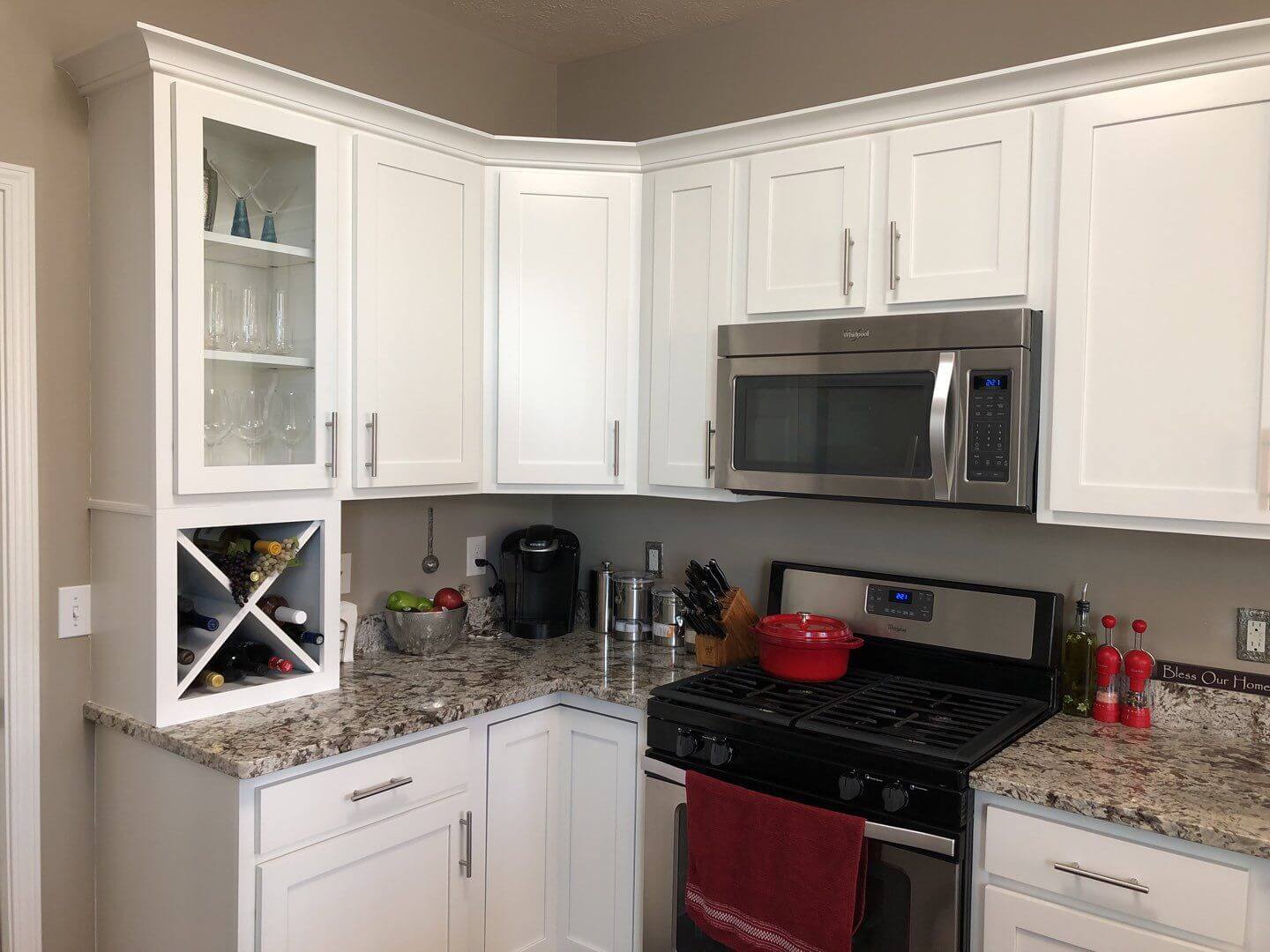
:max_bytes(150000):strip_icc()/2_-_Collection-5b09b655ff1b780036c3f477.jpg)




